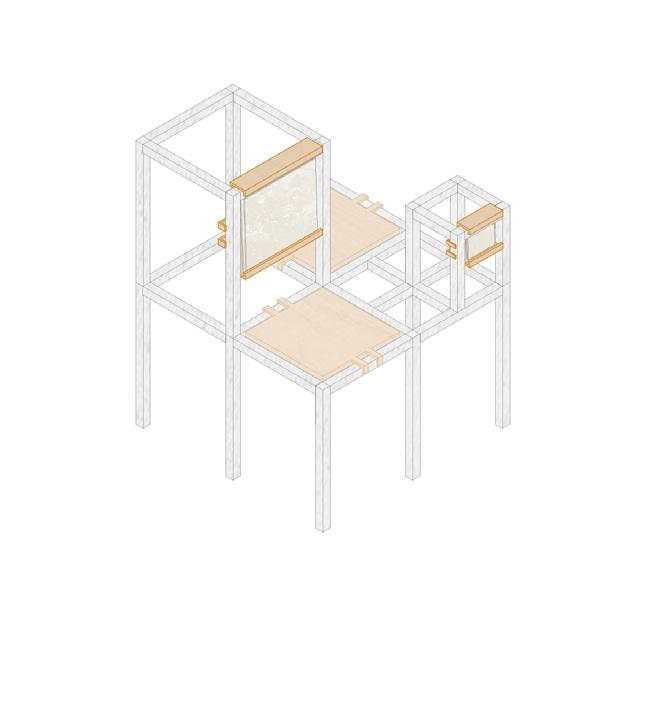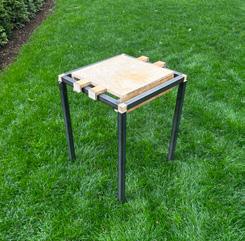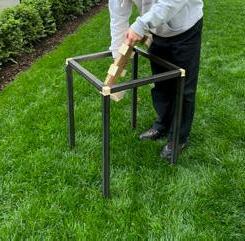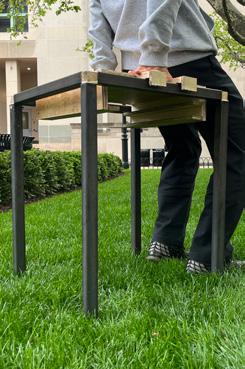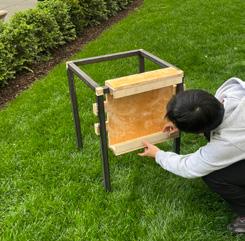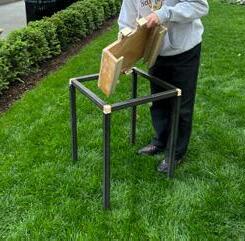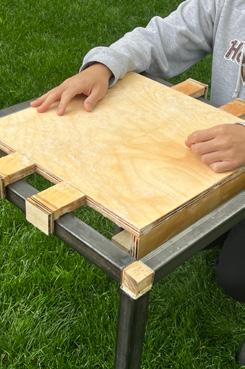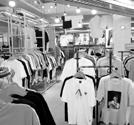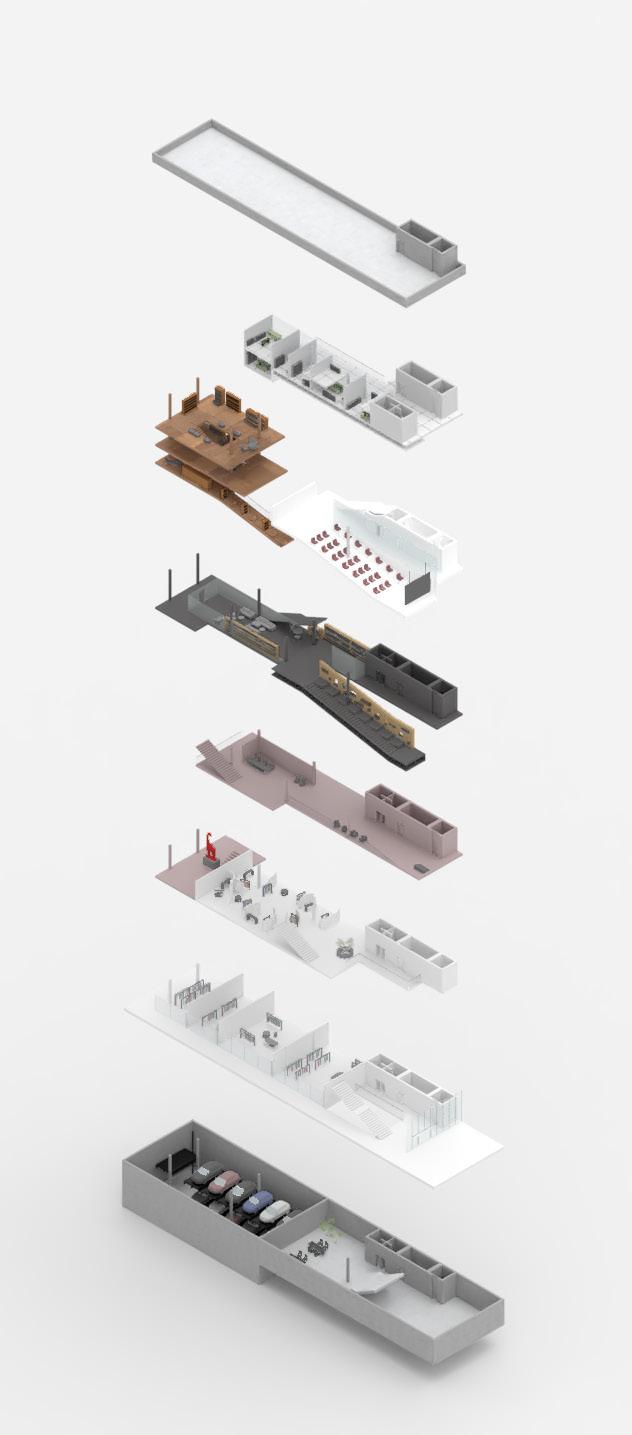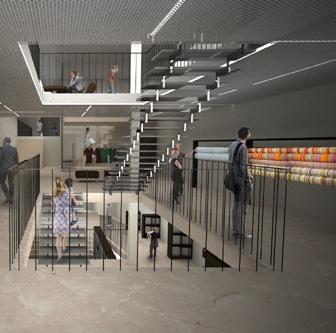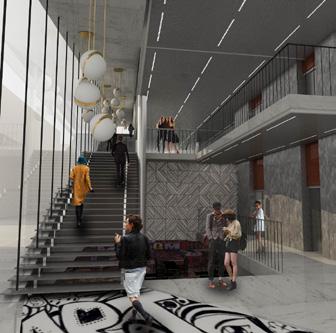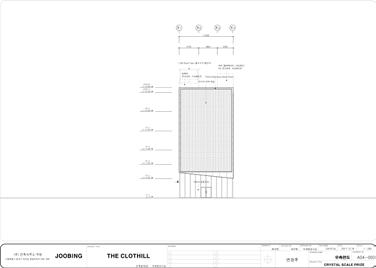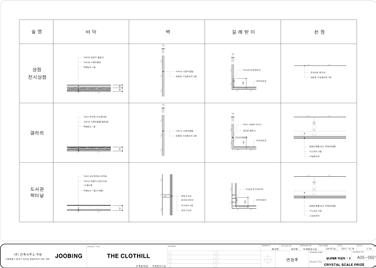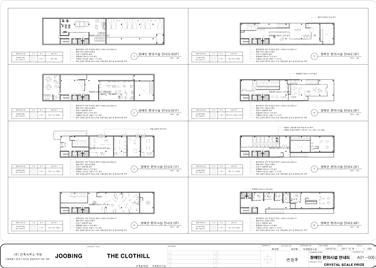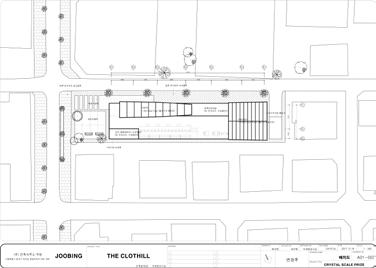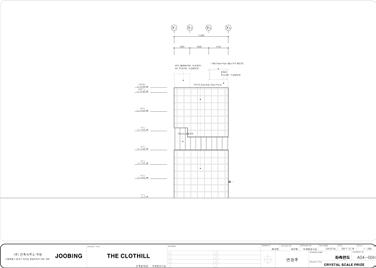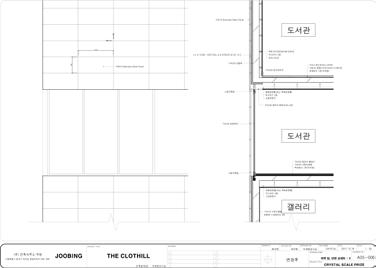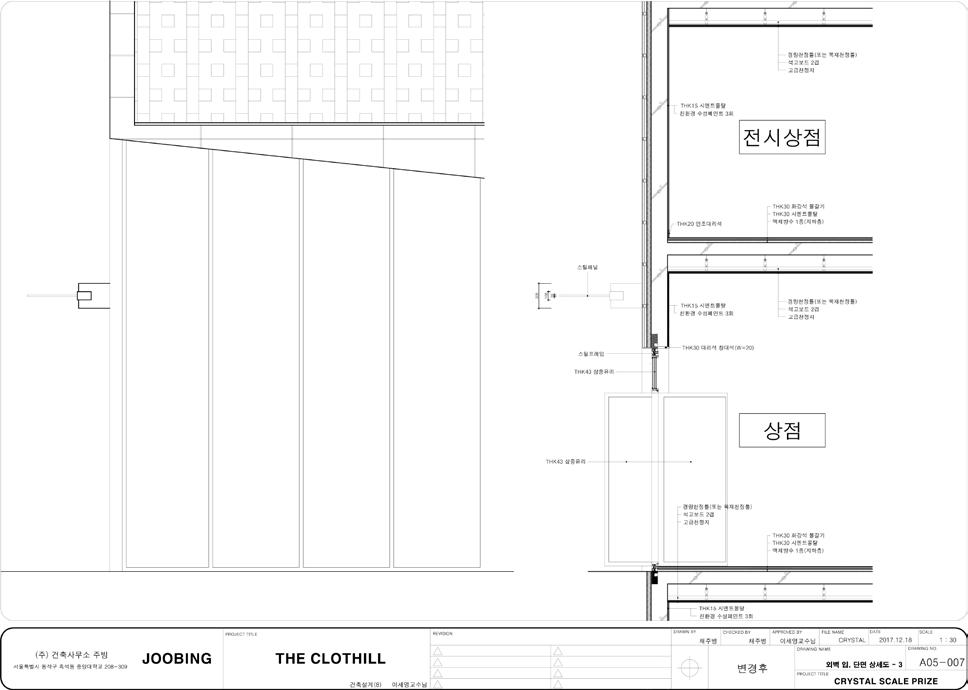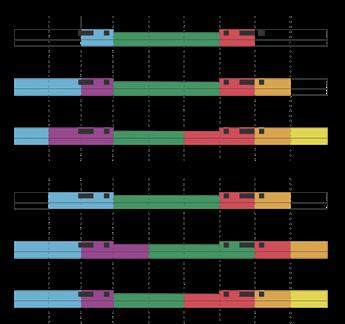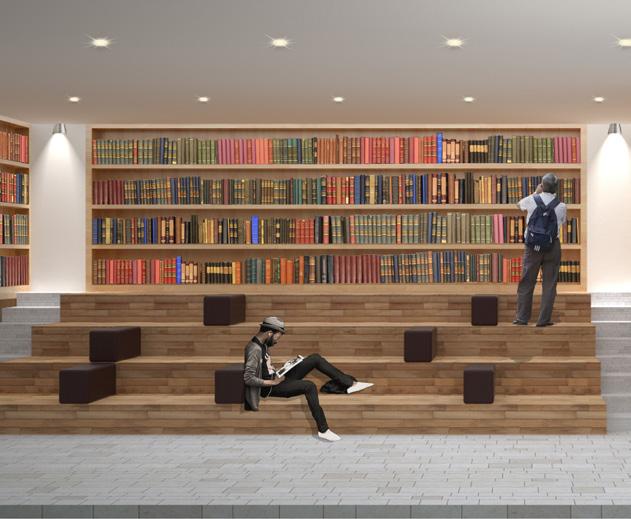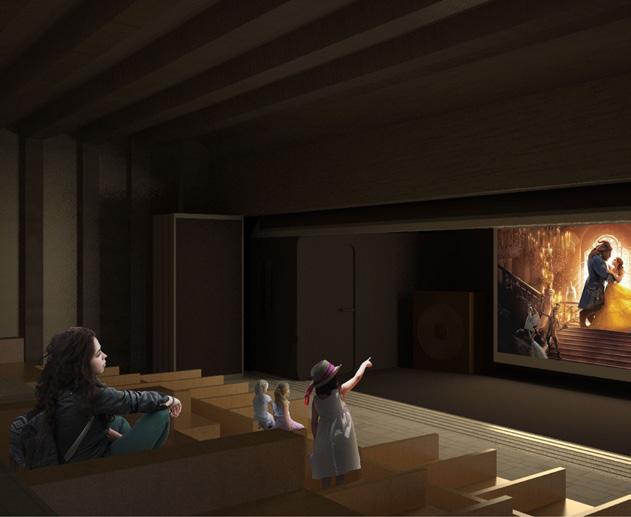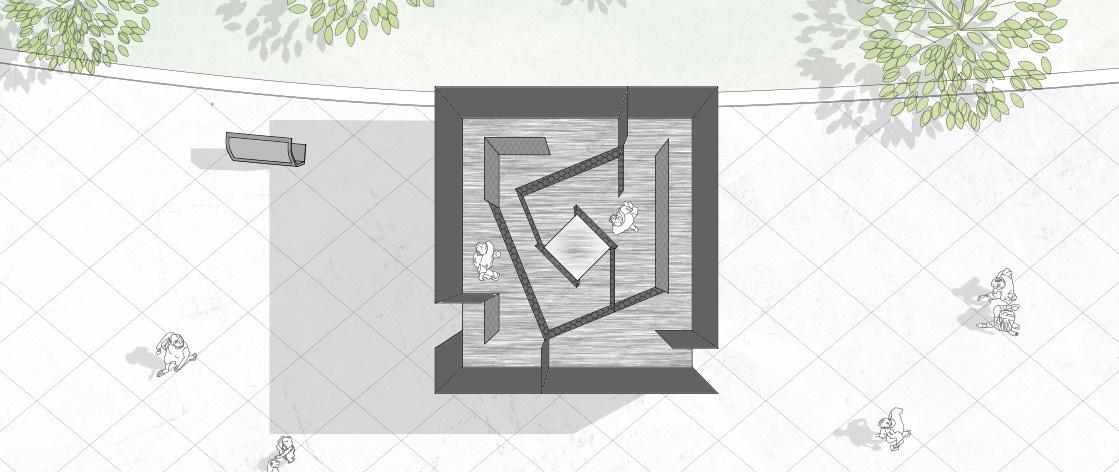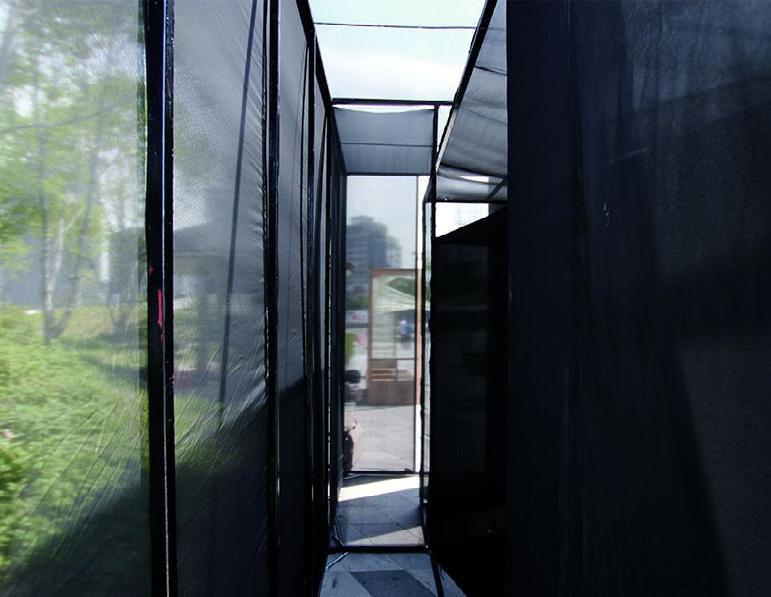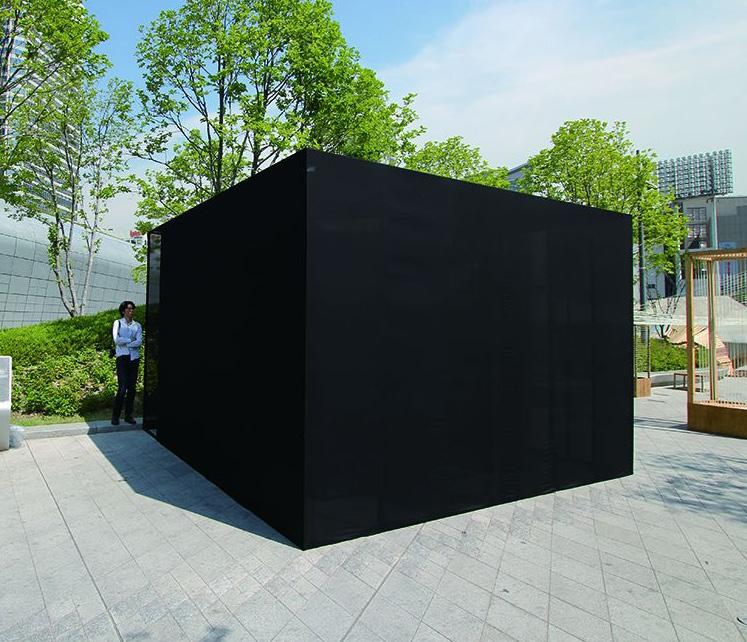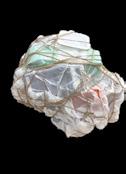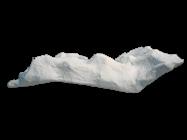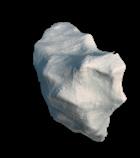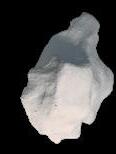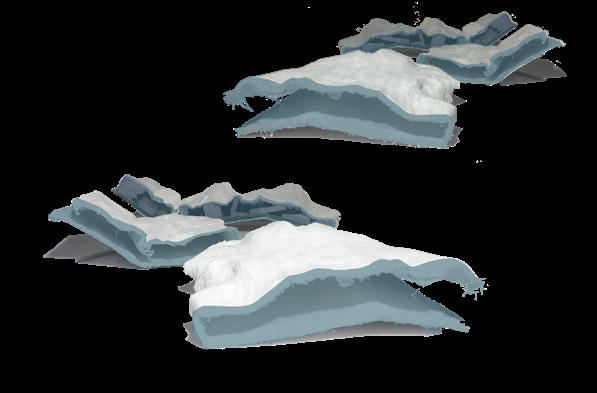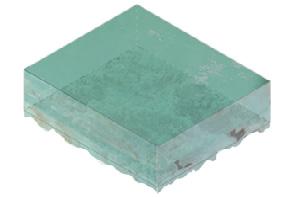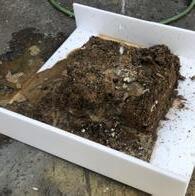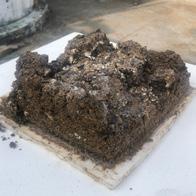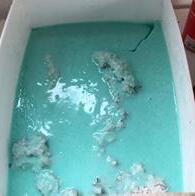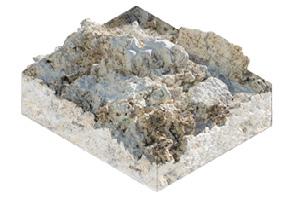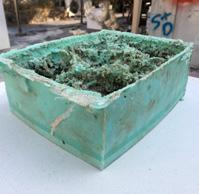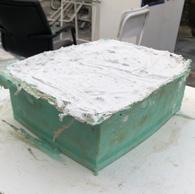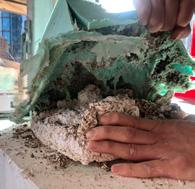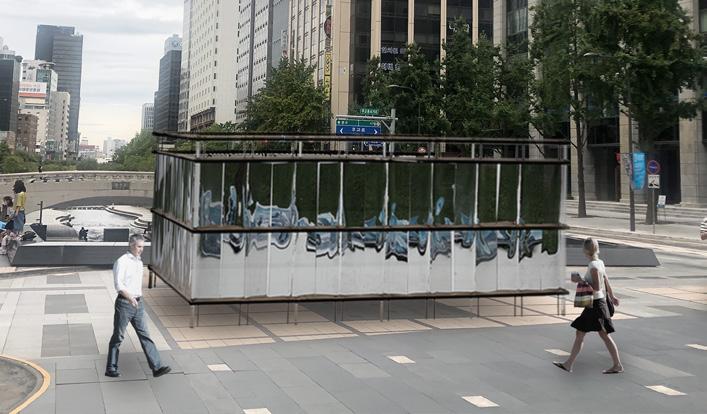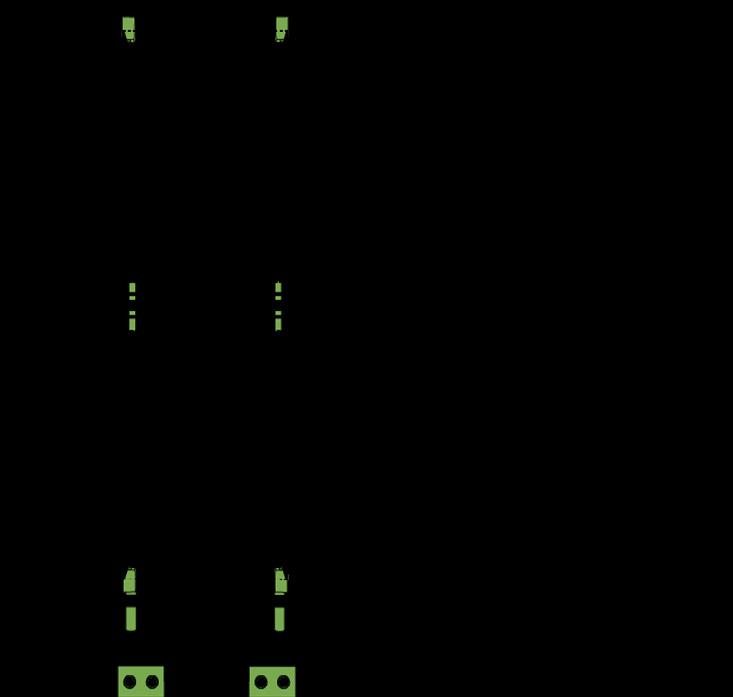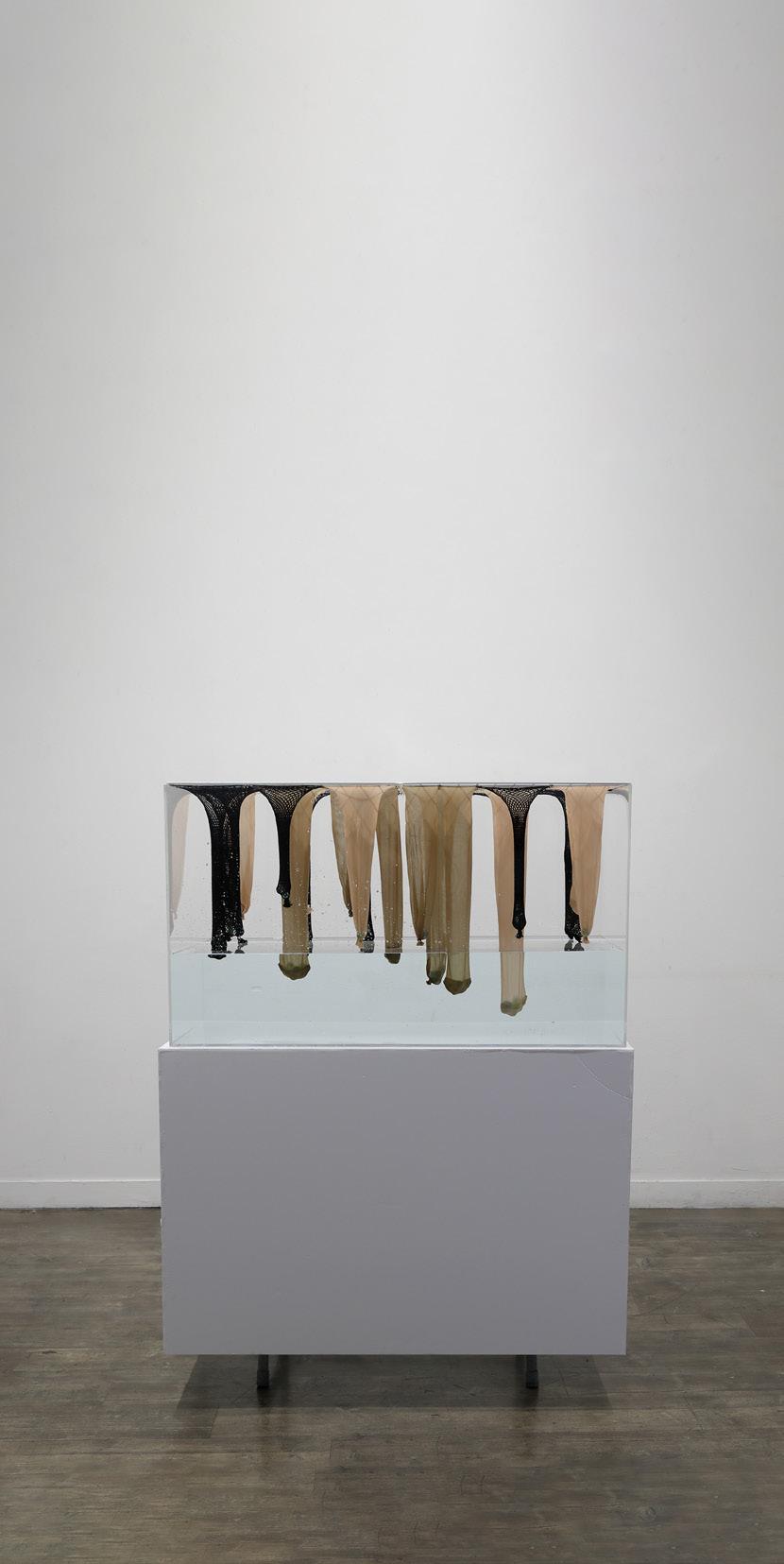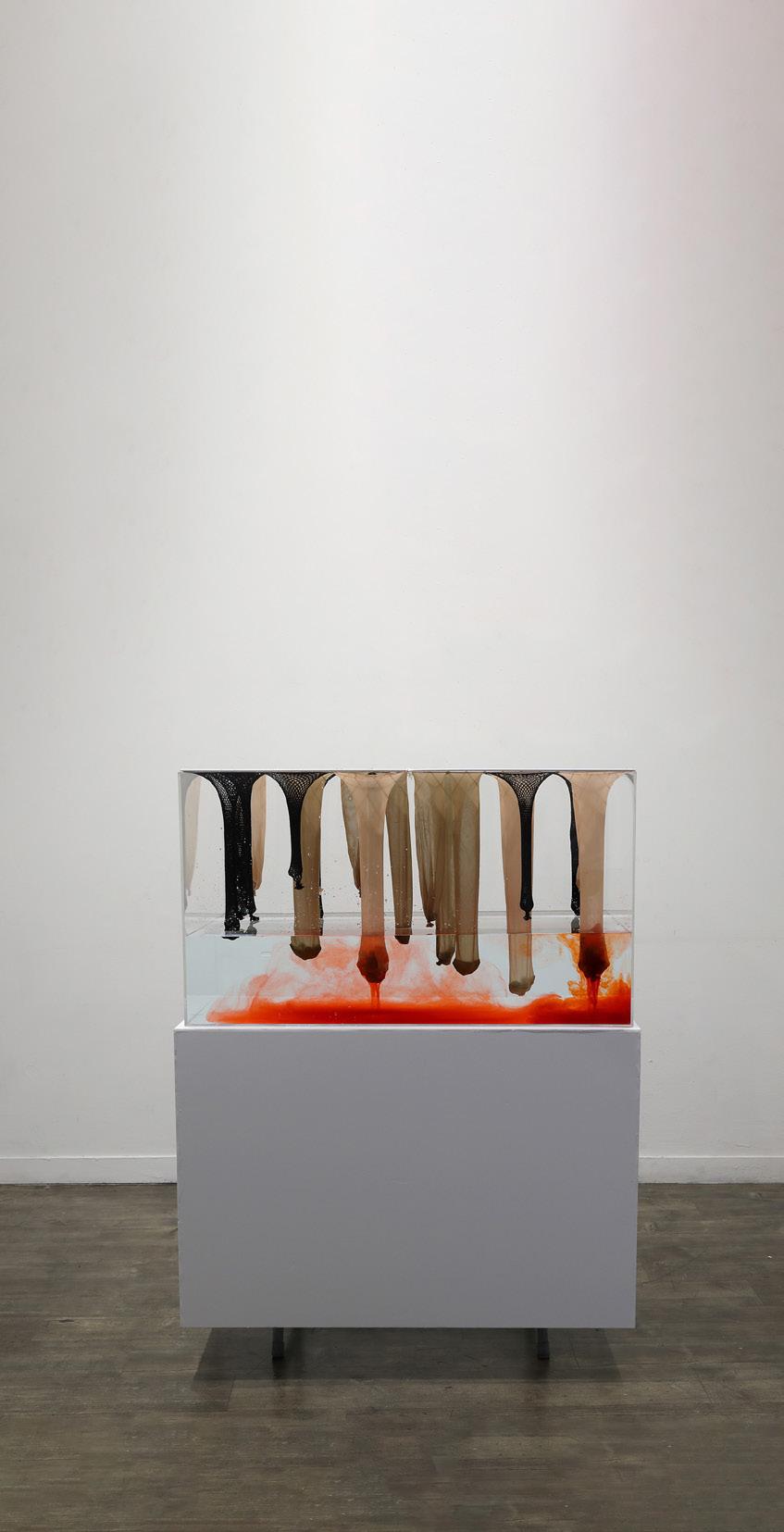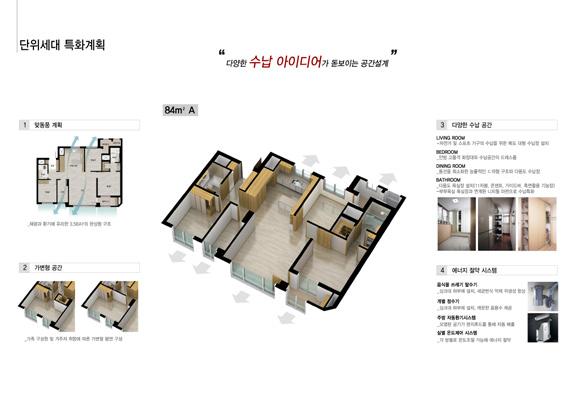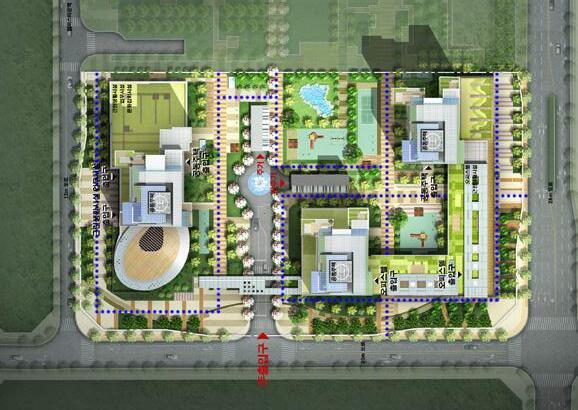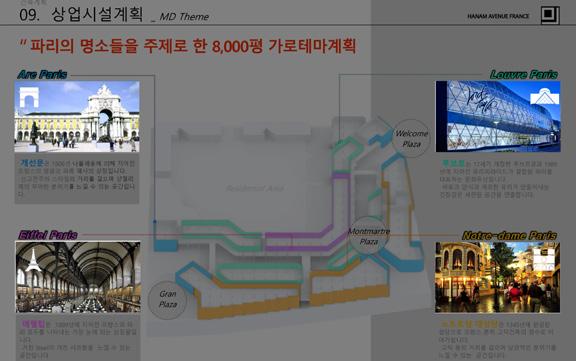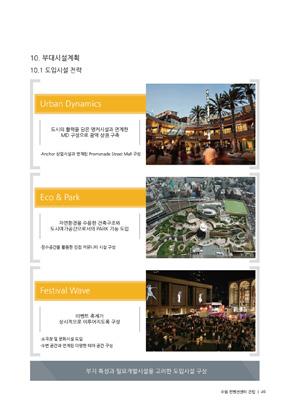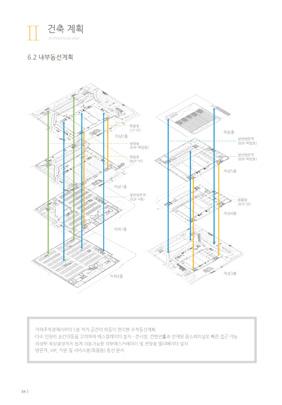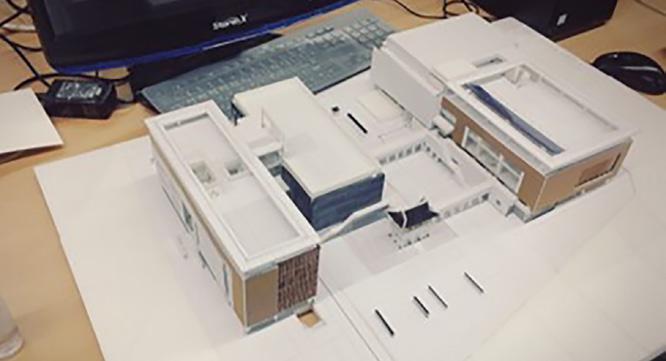Joobyung Chae
Selected Works 2015 to 2023

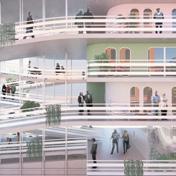

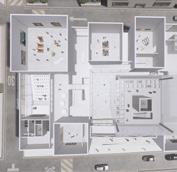

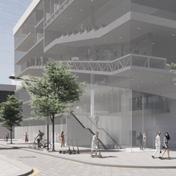

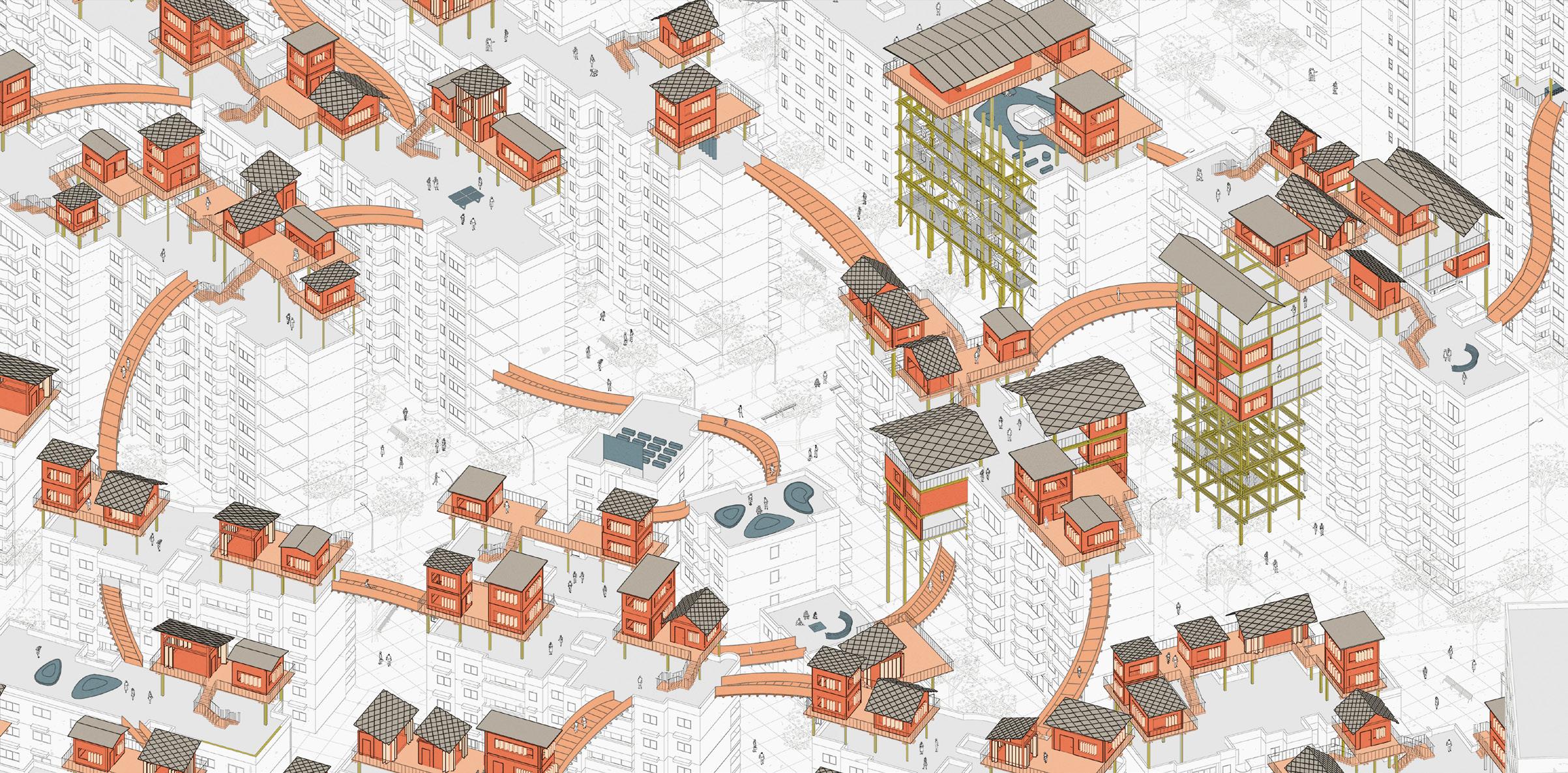
1. UPPER-LAYERD CITY
Self-Constructed Houses on Existing Apartments
Year: 2022
Location: Shanghai, China
Type: Project Housing
Category: Graduate Project(AAD Advanced Design Studio)
Role: Group Work with Harlan Luo
Instructor: Elias and Yousef Anastas(AAU Anastas)
The project tries to reveal the analogical relations between forms, techniques, territories and materials across time and space. These are notes observing our surrounding architectural world and its relations with its milieu. The notes trace architectural practices to enlighten disregarded lectures of architectural history. My partner and I considered how to apply our non-architectural indigenous customs, so to say know-how, to today's architecture.
Minority’s Housing Identity and Exchanging Labor

Minority’s Identity
품앗이(Pronounced Poom-At-E)
Assimilation of Minorities’ Unique House due to The Han Ethnic Exchange of Labor to Help Harvesting Crop
Migrant Worker’s House
Constructed by Indigenous Residences Themselves
품앗이(Pronounced Poom-At-E) is the exchange of labour in the past agricultural society in Korea. In China, the culture of minorities, have been assimilated to the Han ethnic and architecture despite their indigenous culture. Combining these two ideas, we elicited a self-constructed, indigenous housing typology and applied to Shanghai, one of the biggest cities of China.
Migrant Worker’s Reality; Living Edge of Shanghai
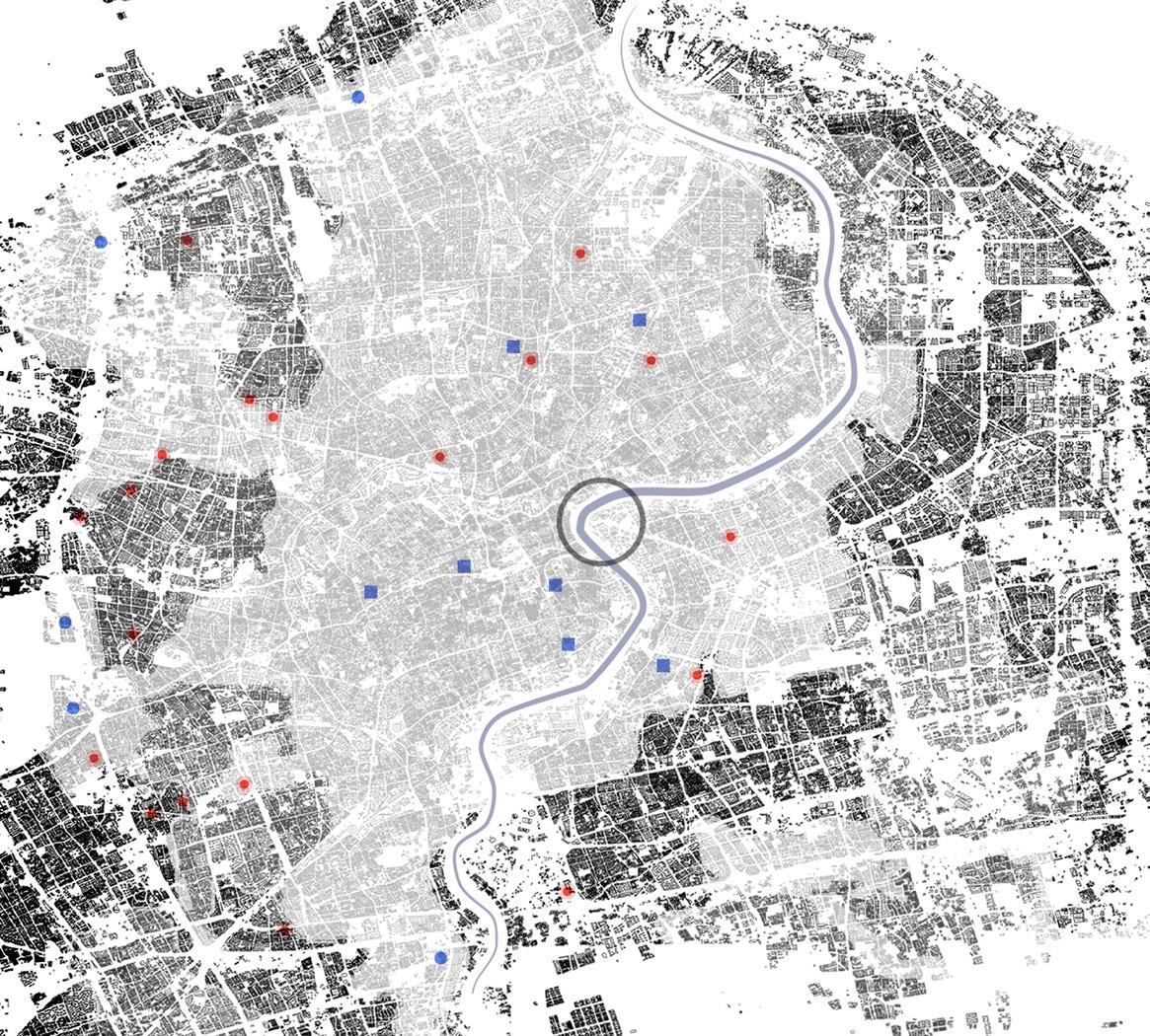



Government cooperates with architects throughout the entire construction process.
Before constructing houses, migrant workers discuss with architects about location, material, structure, etc.
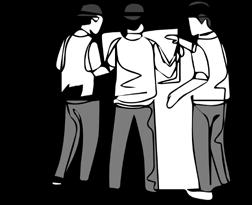

Migrant workers receive construction education. After understanding simple structure and building materials, they start to build. Complex education is not required because structures for their housing are only 1 or 2 level buildings built on existing apartment columns.
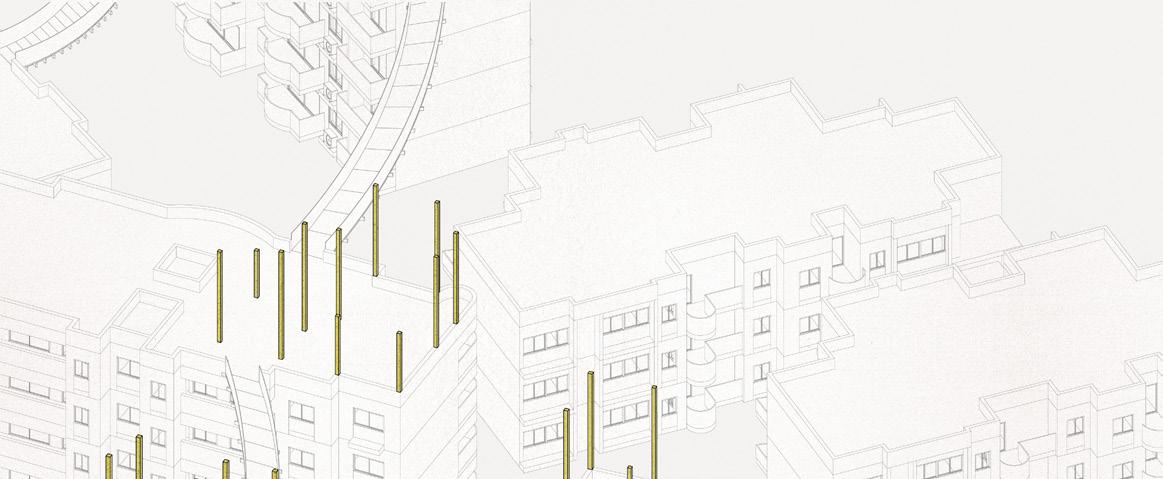
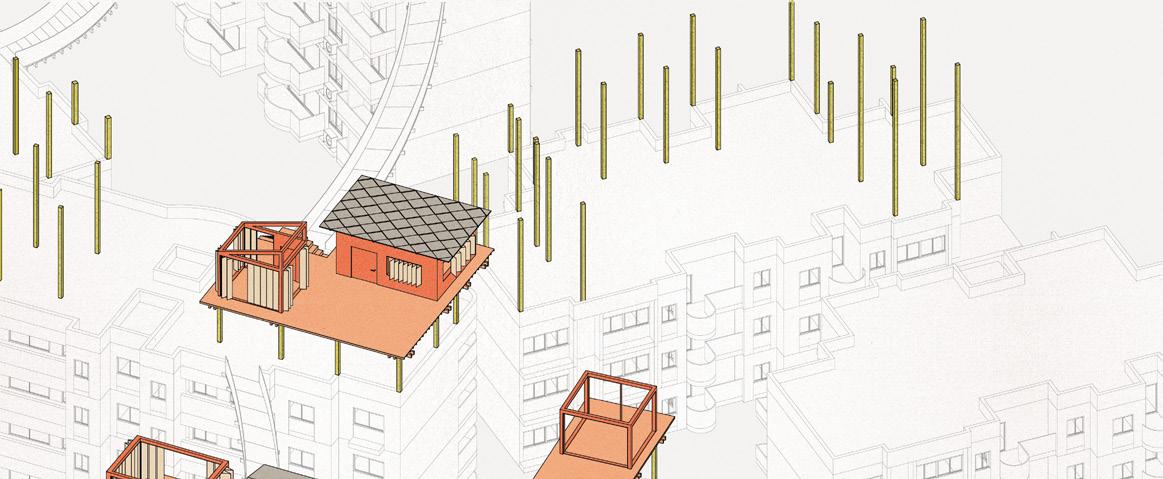

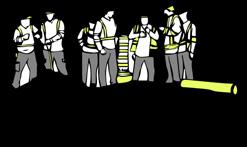
After training, future residents are put onto the construction site. House is built depending on their situation, such as the number of people, or existing column structure.
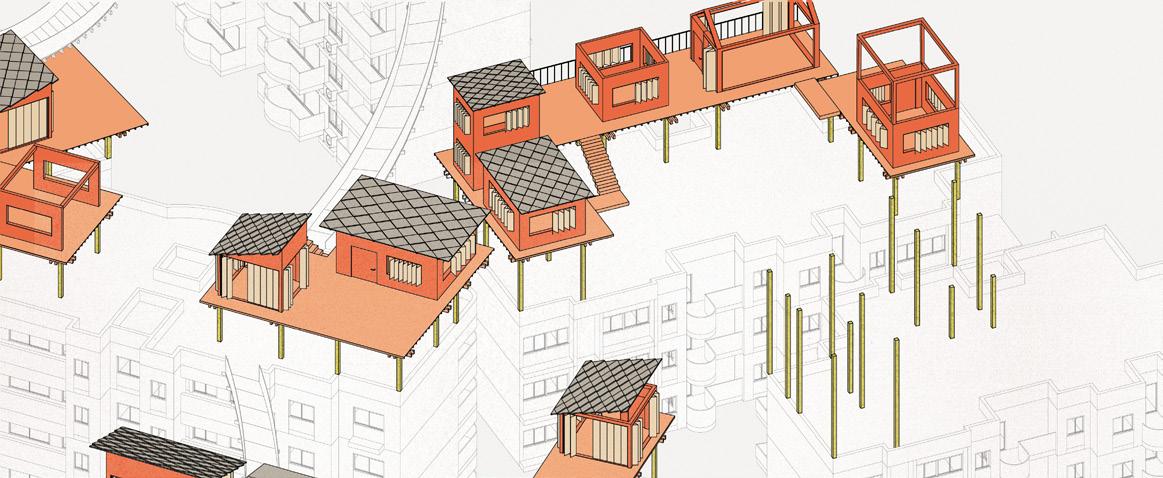
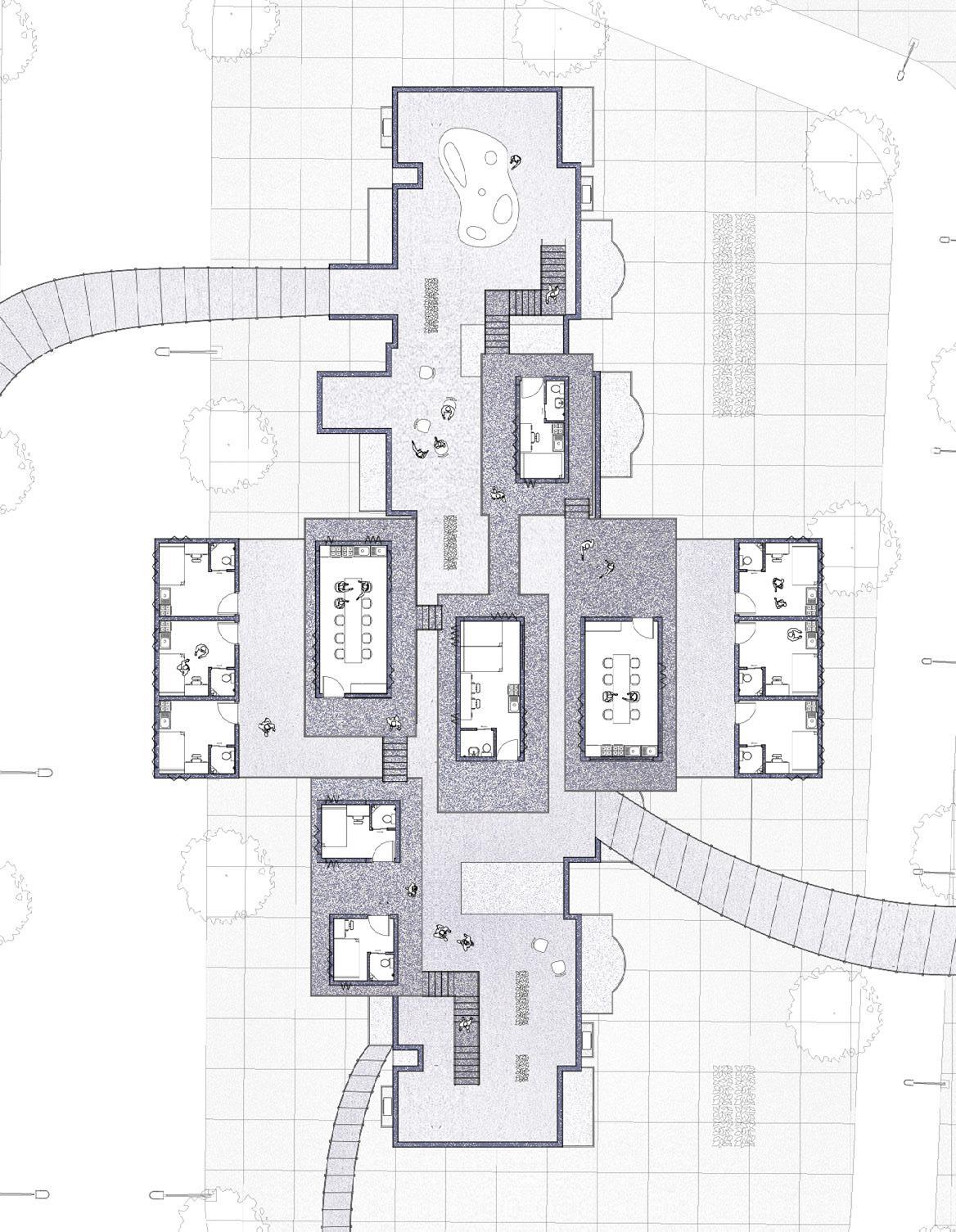
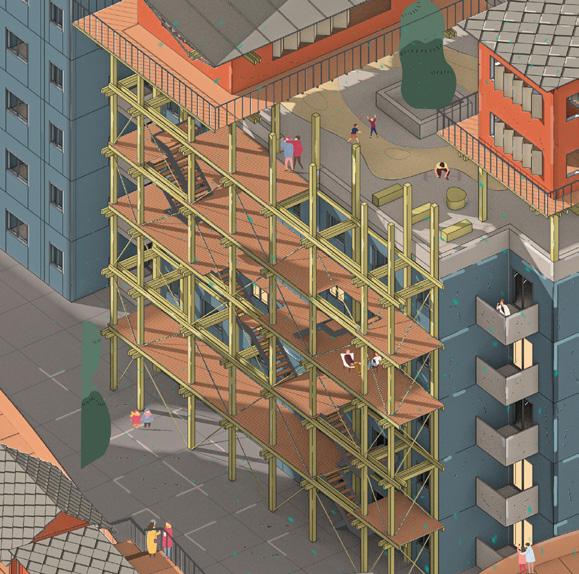
Vertically expanded areas are used not only for houses. They can also be stairs or community spaces.

On rooftops, new residents help each other to settle in a community well, sharing works.

At the centre of migrant housings, there are community spaces considering the minorities’ identity.

People outside of apartments can also visit community spaces to interact with the residents.



Community between Existing and New Residents
Rooftop and overlapped space formed by vertically expanded migrant houses are used as community space between new and existing residents.
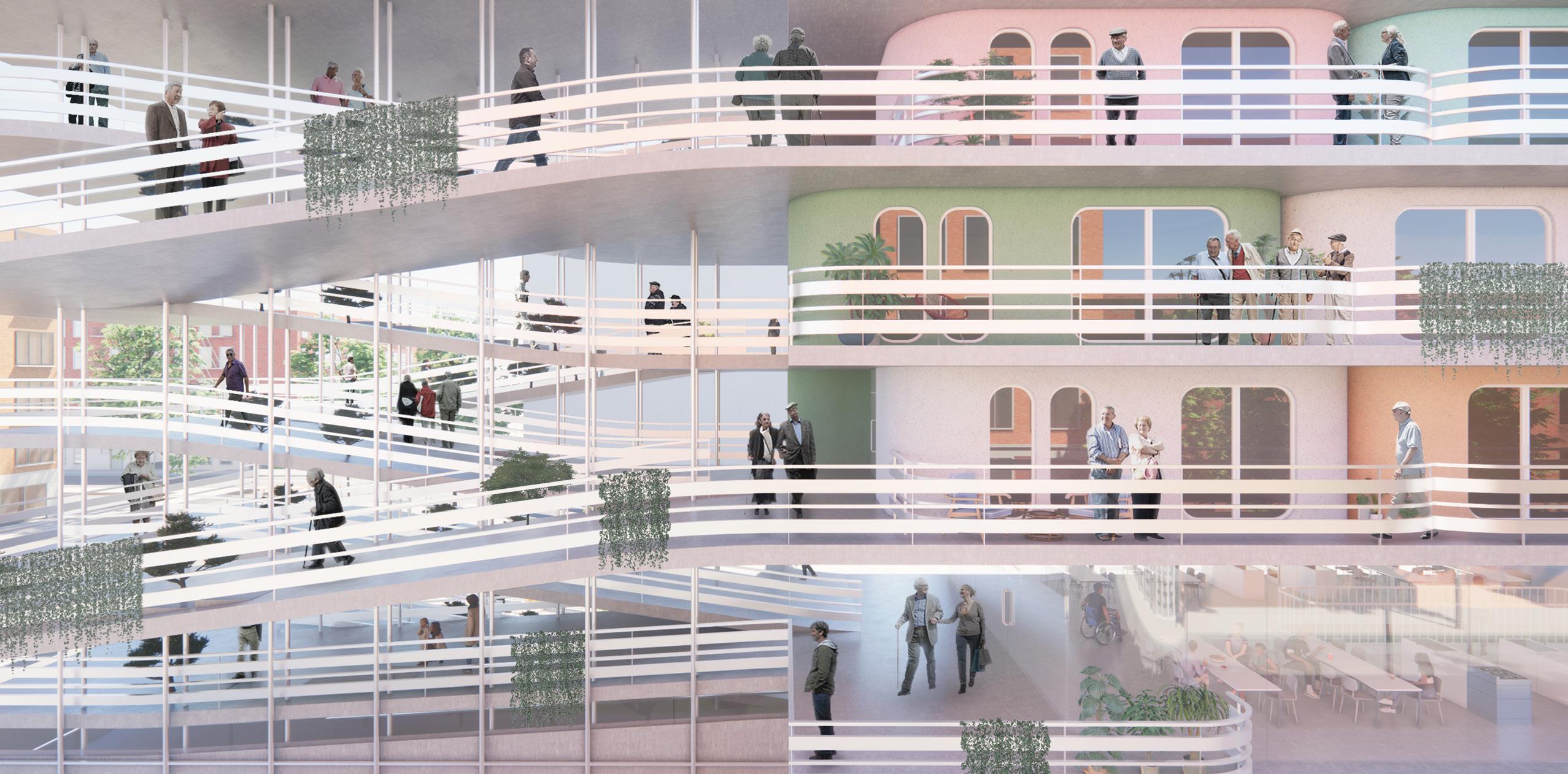
A Barrier-Less Housing to Congregate
Year: 2023
Location: New York, United States
Type: Senior Housing
Category: Competitional Project(Beyond Isolation: Senior Housing)
Role: Individual Work
Instructor: None
This project is related with a competition which aims to design senior housing to help elders break isolation. I believe there are two primary reasons why seniors experience isolation: the absence of programs they could enjoy, and the lack of appropriate places seniors could play in. So, I propose a senior housing in which there are places seniors gather and work together. Shared spaces could increase the possibility of interactions. With the interactions, seniors move beyond basic isolation.
If spaces are based on individual activities, it is less likely for inhabitants to face others, leading to islotaion.
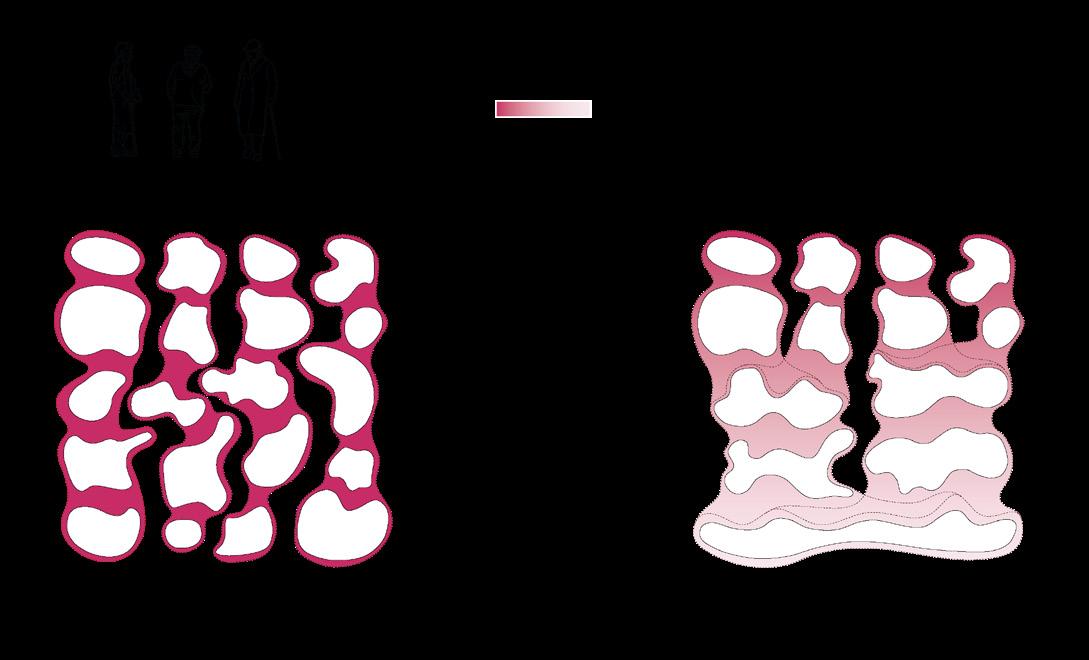
Shared Spaces Causing Interaction
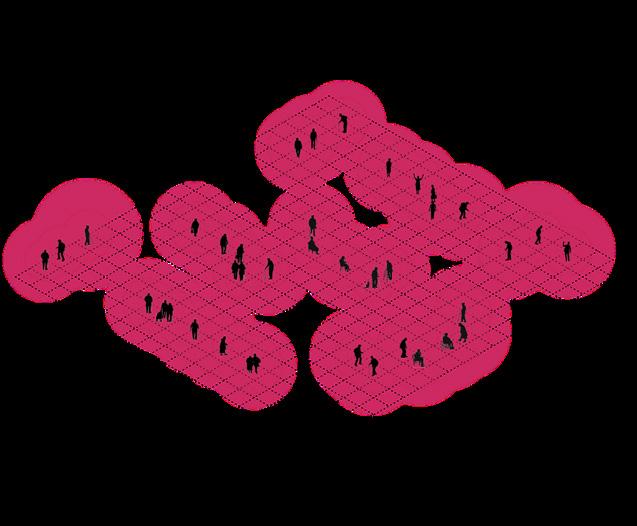
On a level, I set up a private place for each elder to ensure privacy. After, I made series of shared places where the number of shared people gradually increase.
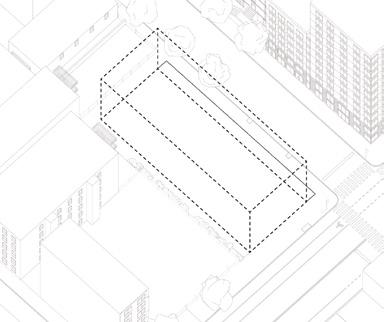
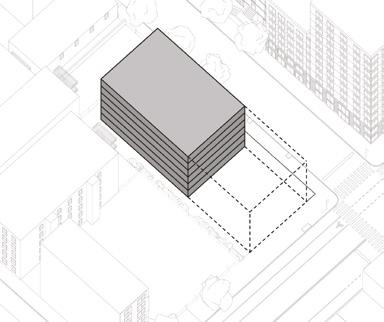
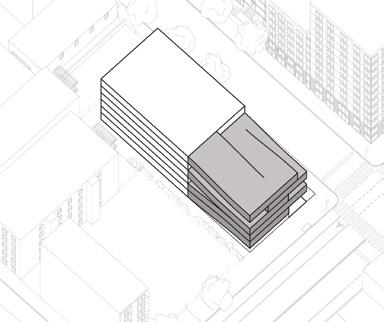
The more shared spaces there are, the more likely people come across and interact with each other.

Ramp connects different levels so that elders from different levels could interact each other. In the end, all residents in the housing gather together.

There are fifty-six units in the housing, and all-residents shared space is at the second floor.
Program
From bedroom to cafeteria, the number of shared people is gradually increased. The increase helps residents who are not accustomed to sharing with others get used to it.
3F ~ 6F
Two units share one livingroom and kitchen and form a housing mass. Six units share balcony. Seniors go to the ramp through hall way.
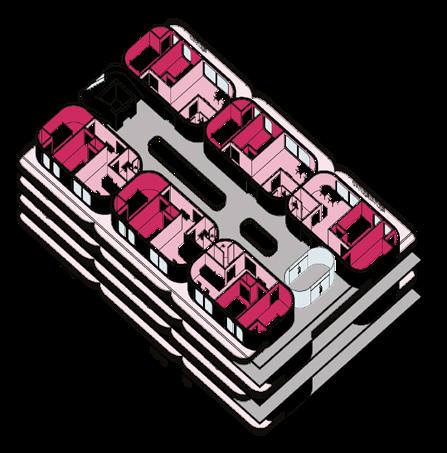
2F
The area of laundry area and cafeteira is large enough to gather all residents and leads to interact among them.
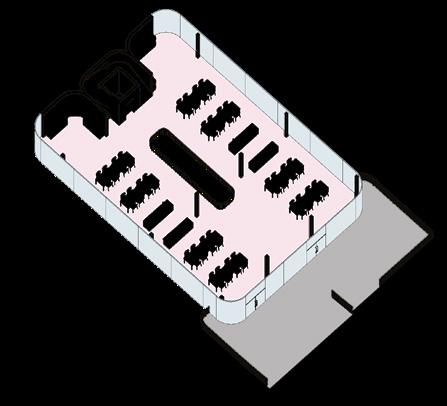

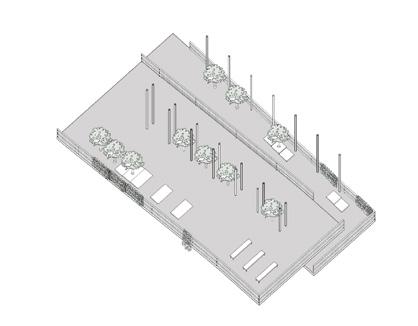
Entrance lobby is located at the front, dividing the ways to units and the ramp. Eight units are at the first floor.

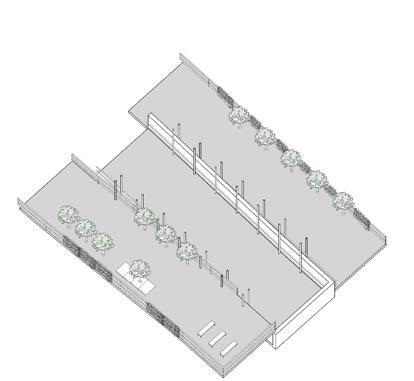
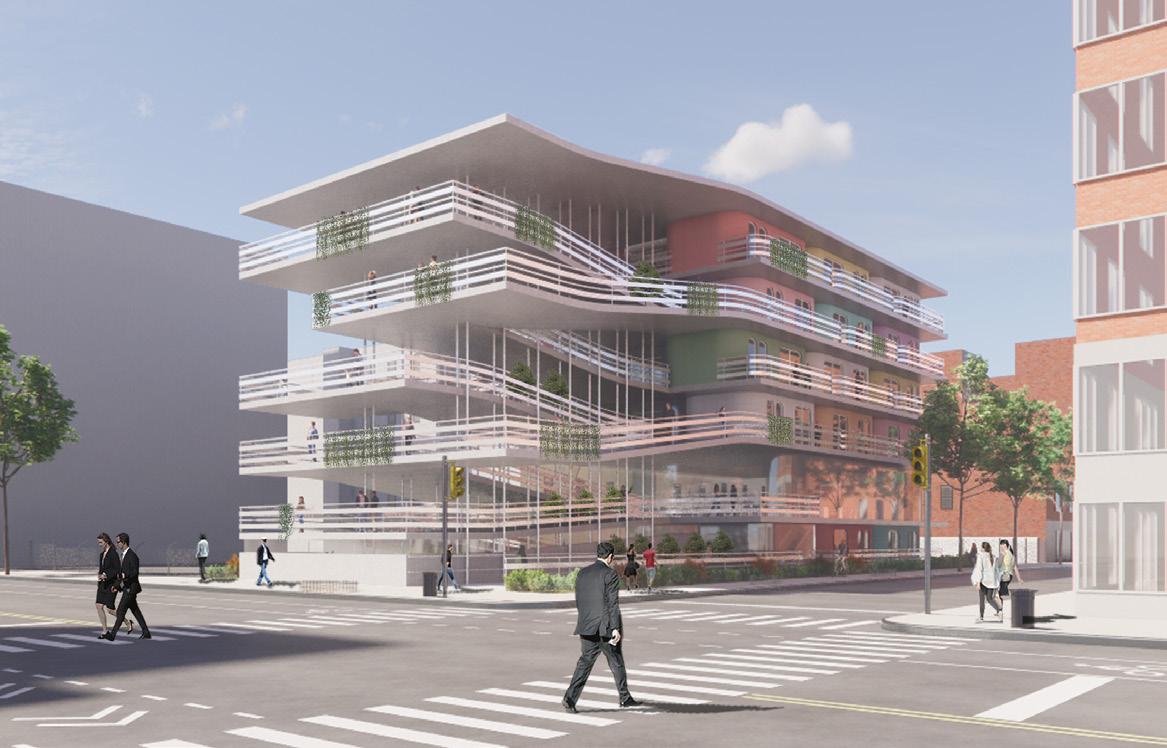

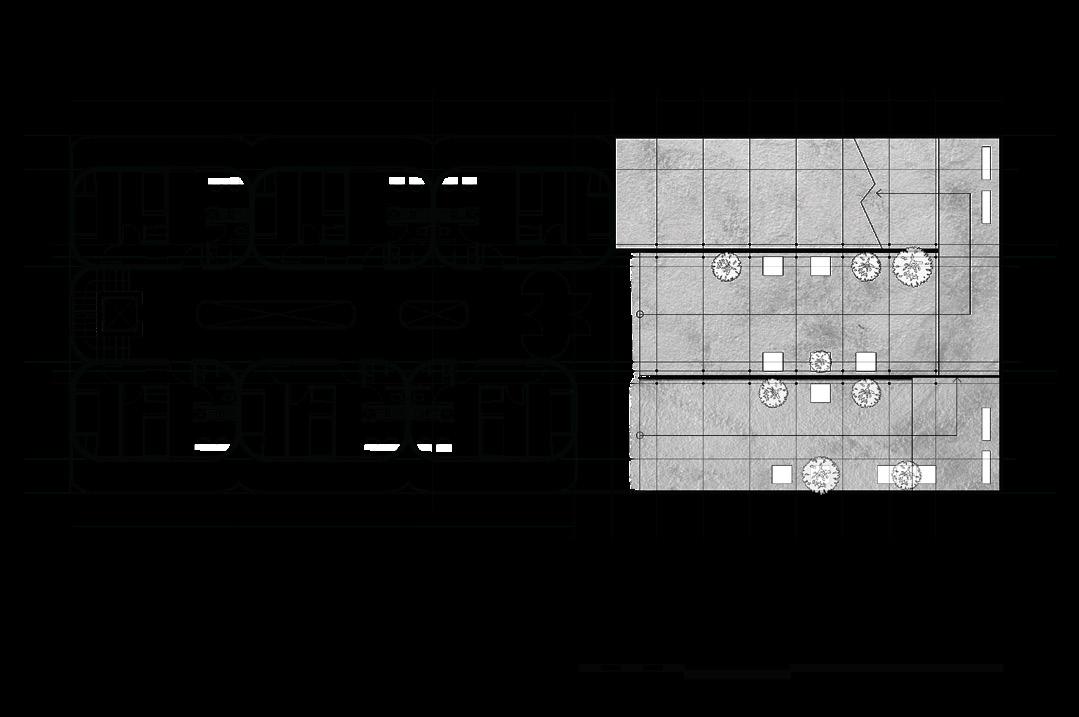




Combination of Vertical Movement Devices
Year: 2022
Location: New York, United States
Type: Street Intervention
Category: Graduate Project(AAD Advanced Studio V)
Role: Individual Work
Instructor: Jing Liu(SO-IL)

People used to say how others see ‘community’ is very different from the actual living experience within it. Trying to go deep into the diverse neighbourhood of Jackson Heights, i embedded myself in the community and on the streets to address real worries, matters of concern, and issues that people care for. I focused on the current status of the 82nd street station, which has no elevator, to reinterpret the meaning of the vertical movement devices in terms of accessibility.
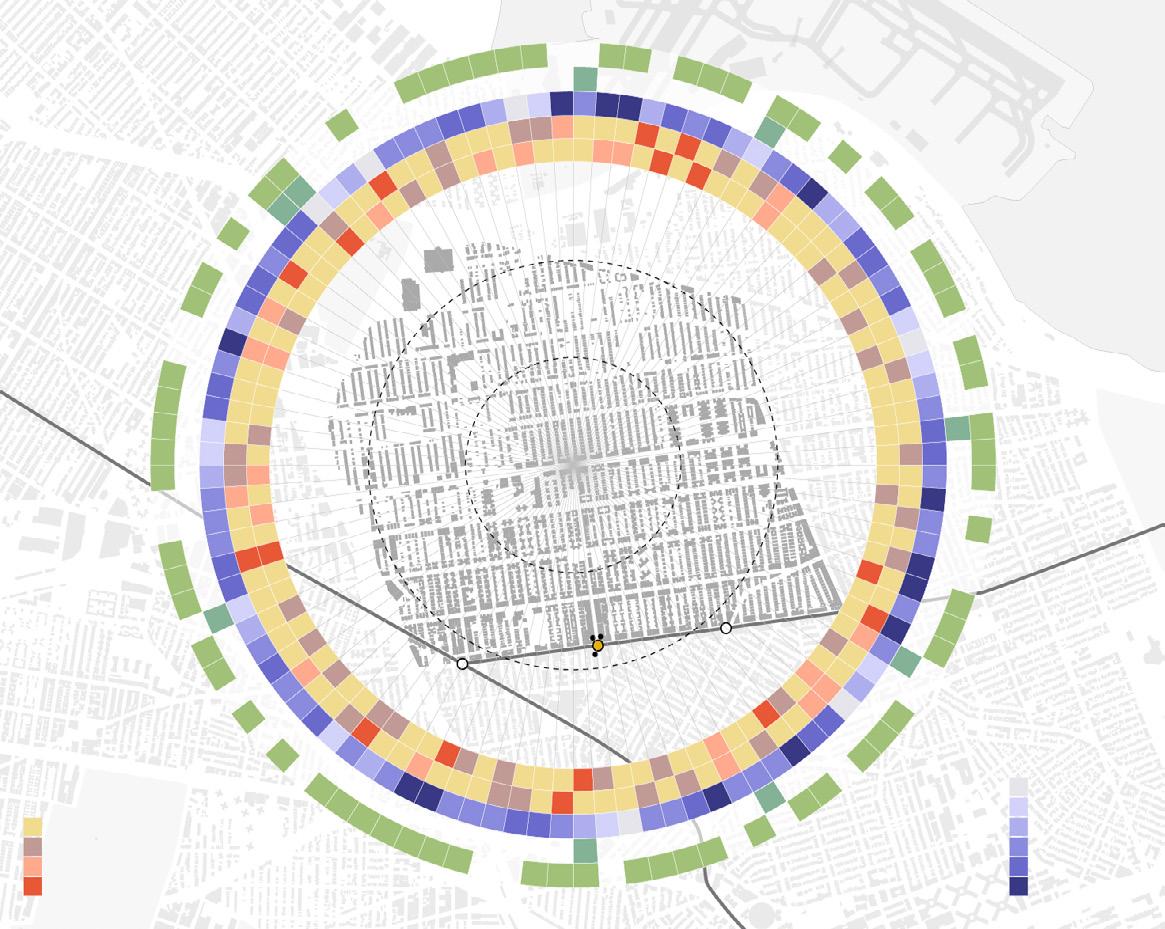
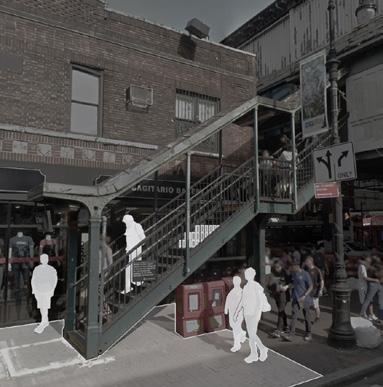
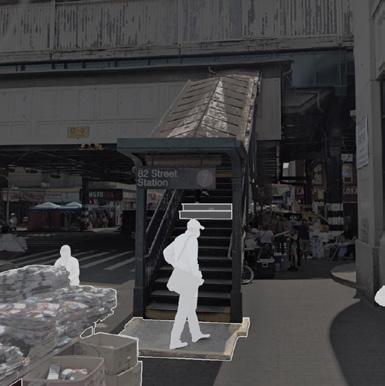


Devices for Various People


Considering Jackson Height’s condition, it may not be the best choice to install just an elevator. Everyone has different body structures. Also, depending on your day to day circumstances, your physical condition may change. Considering all these aspects, I would like to put a series of diverse devices rather than just one elevator so that people can use the devices according to their current states.
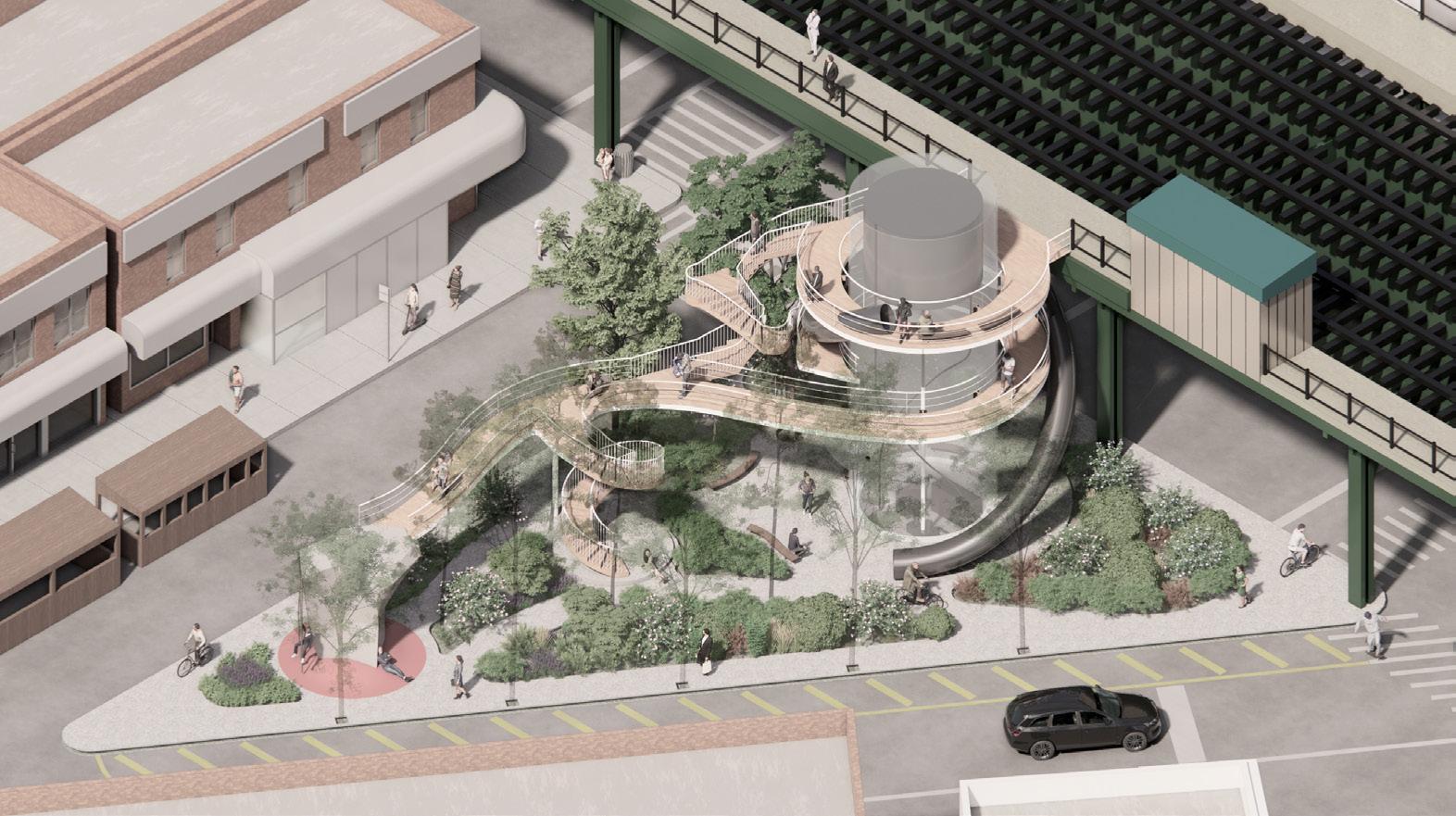

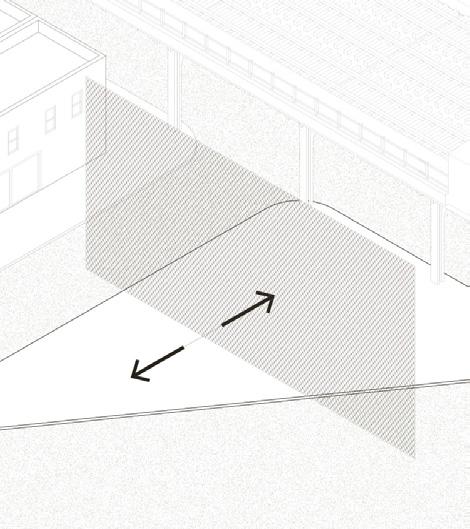
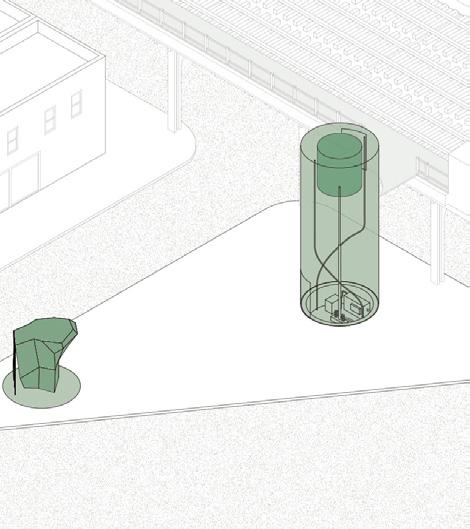



Types of Vertical Devices
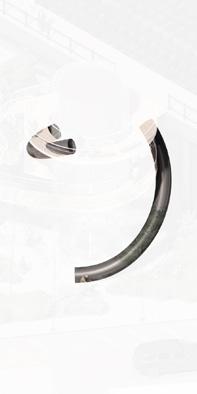


Varous devices, an elevator, slides, stairs, ramps, and rock climbing, are put in Manuel Triangle, a block away from 82nd station. Also, the bushy garden continuously serves as a gathering plaza like before, harmonizing with devices, at the same time giving an exotic experience while using devices.
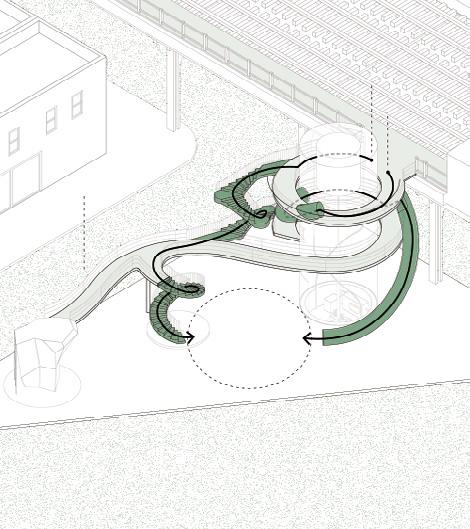

Garden
It consists of different heights’ vegetations, giving a forest-like experience


Rock Climbing
It is monotlih-like, balancing with the elevator on the other side
Ramp
They are curve-shaped to be sturdy and connnect devices from above the ground
Spiral Stair
They are spiral to show as individual devices
Elevator
Its shaft is glass made. It is the tallest among other devices, giving elegant images and preventing crime
Slide
They are curved shape to surround the elevator



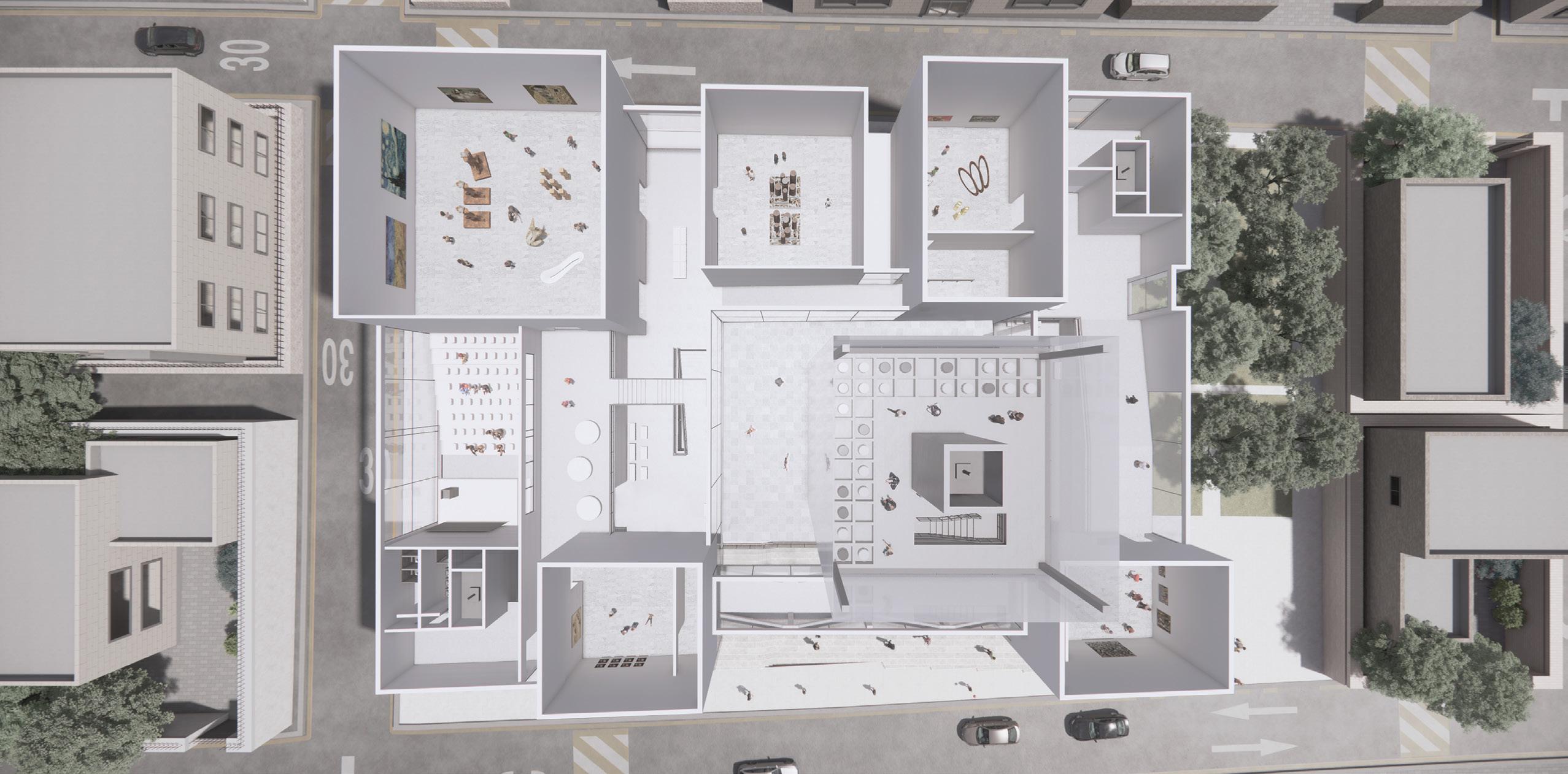
Cemetery in A City, Surrounded by Museum
Year: 2017
Location: Seoul, South Korea
Type: Mixed-Use Building
Category: Undergraduate Project(Undergraduate Thesis Work)
Role: Individual Work
Instructor: Yoonkyung Choi(Professor of Chung-Ang Univerisity)
South Korea is a small country with only over 100,000km² in land area. Therefore, there are always debates over the use of the land, and cemetery has always been a category included in the debate. More than 1% of the country land is being used as cemeteries, spread throughout the mountains, destroying not only green area but also the natural landscape. Keeping this problem in mind, I tried to redefine the modern cemetery space.





Locating
Cemetery into City
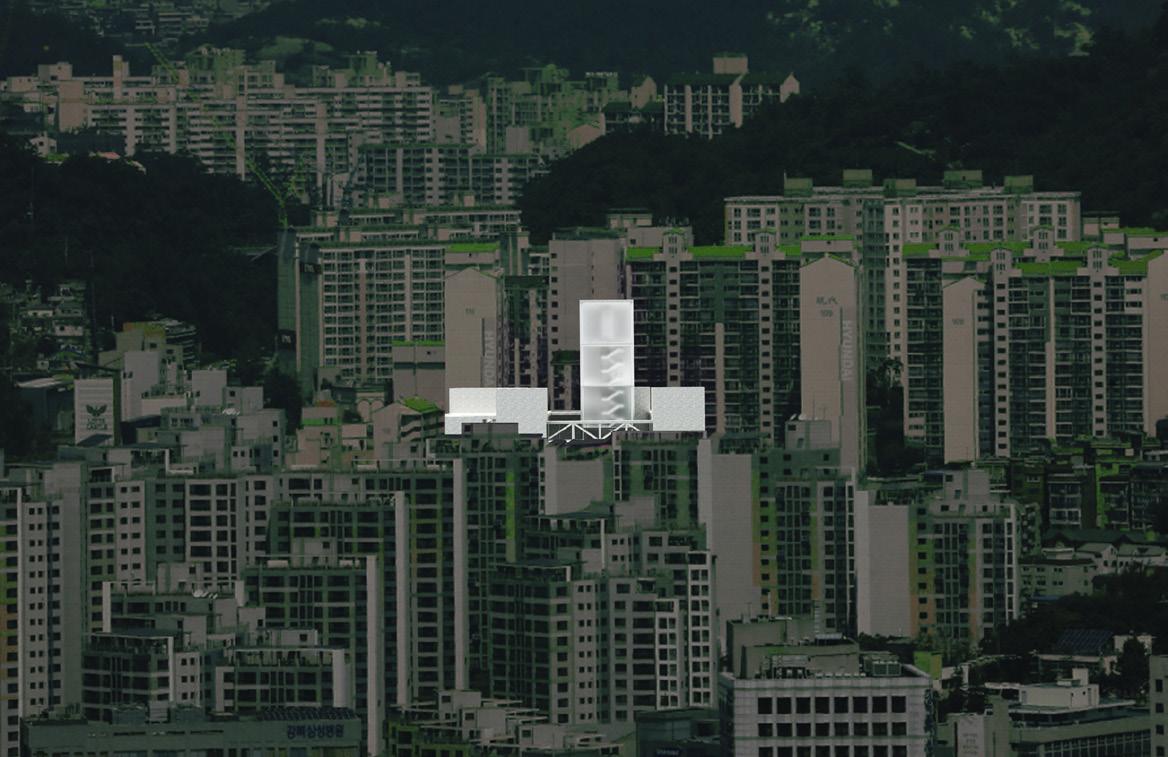

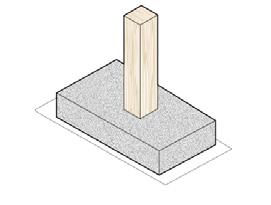



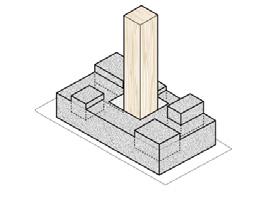
Cemetery as Undesirable Facility
When deciding cemetery spots, Koreans have been affected by Feng Shui, which explains an ideal spot of designating a funeral area. It still affect Korean people today. As a result, many cemeteries are related with mountains and rivers. Beacuse of these preconditions, they are usually far from cities, and It takes at least an hour away to get there. The distance is a burden for modern people to visit often. However, people do not want to take cemeteries closer. It is considered an undesirable facility. Considering all situations, I combined a cemetery with a museum, one of the most favorable programs by Koreans.
Disguise by Combining with Museum
I combined a cemetery with a museum, one of the programs Koreans generally accept without hesitance and put together inside Seoul. I set up a relationship with a museum to put a cemetery in the city. The cemetery is
Since view is the most direct stimulus to people, Visual
from outside is the most effective way to minimize
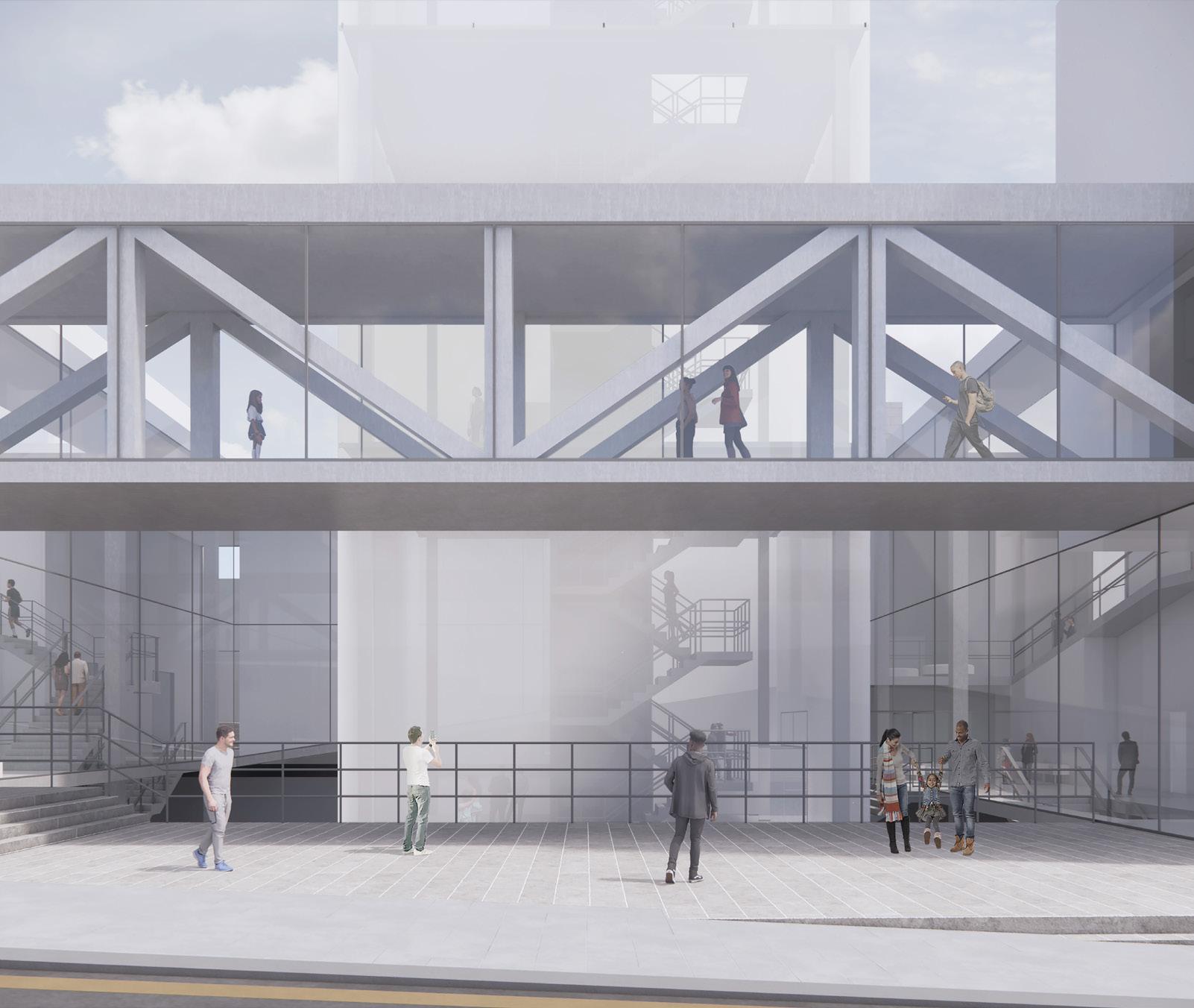
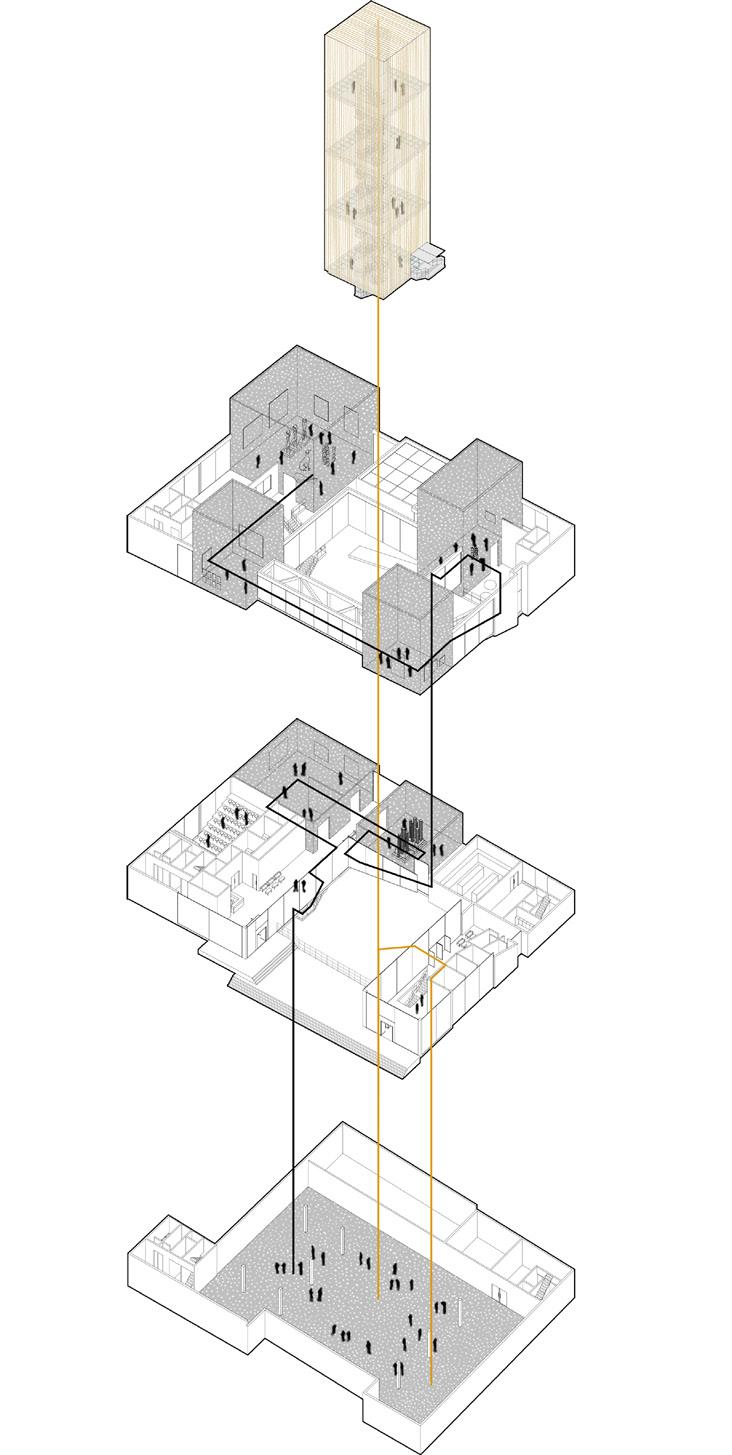
Exchange The View
Through the semi-transparent façade of the cemetery, people cannot see each other completely. However, visitors with completely different purposes and emotions are naturally encouraged to evoke internal thoughts by perceiving each other, designed to provide an opportunity to look back on themselves.


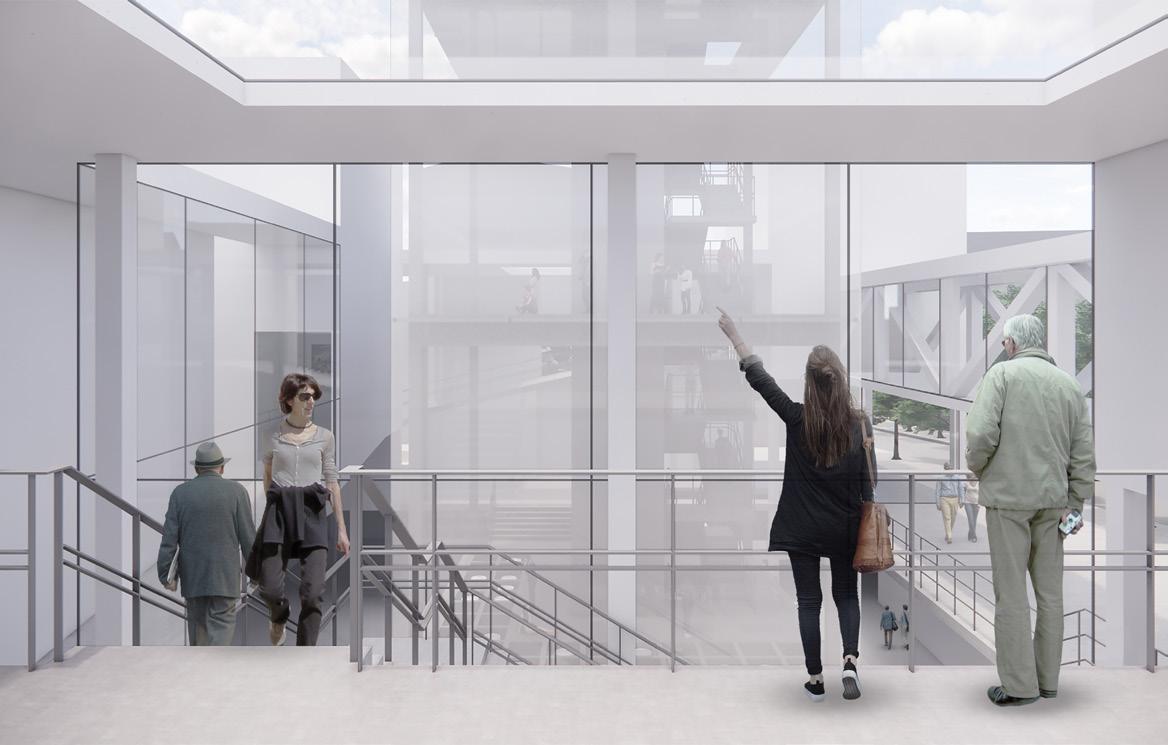
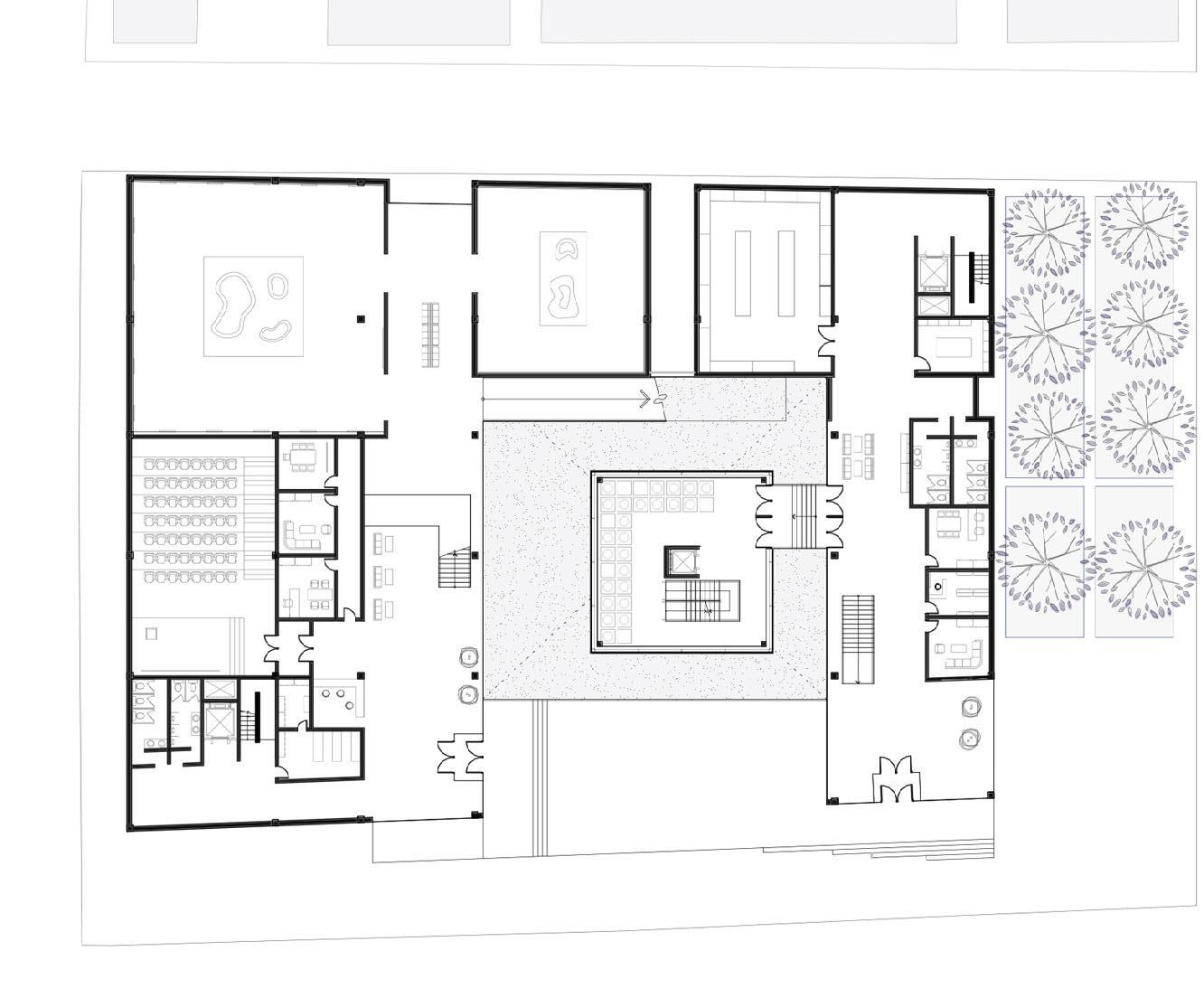


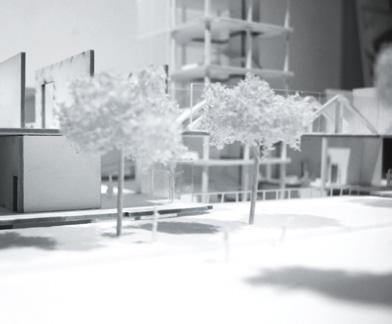
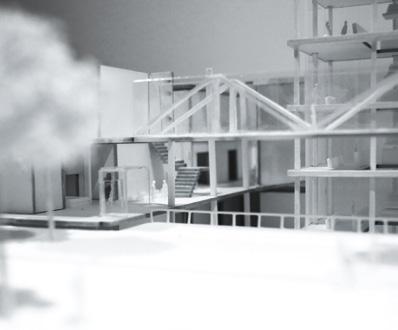

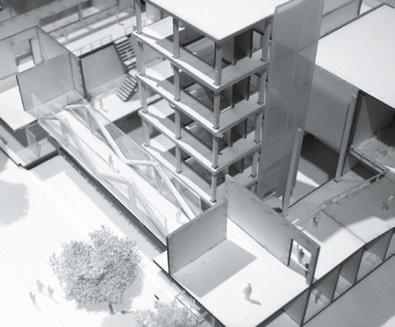


5. CARVING MEMORY
Architectural Space as Recording Memory
Year: 2023
Location: New York, United States
Type: Street Intervention
Category: Graduate Project(AAD Advanced Studio VI)
Role: Individual Work
Instructor: Ilze Wolff(Wolff Architects)
Can architecture work as an object that records experience and emotion? If architecture succeeds in recording, it will be intertwined with local identity. Harlem is the birthplace of diverse Black cultures, however, layers of cultures have been erased as time goes by. They are not highlighted. So, I tried to combine the Wax museum’s history with its building. This will create another layer of identity for new generation and recollection for those who experienced the Wax Museum in the past.
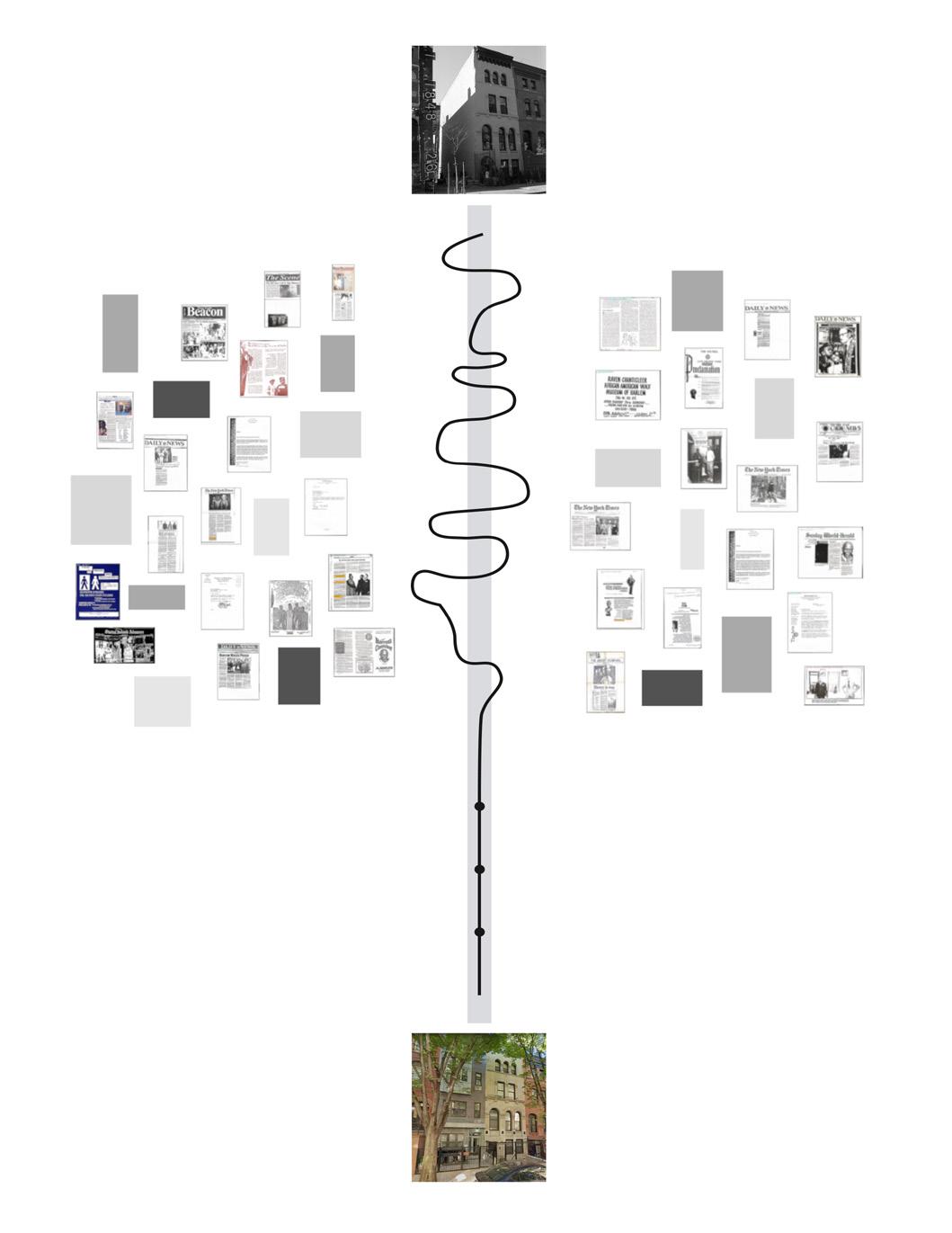
316 W 115th Street in Harlem is currently a private residential apartment, but in the past, it was used as the African American Wax Museum. In 1981, Ravin Chanticleer purchased the building and made wax figures of Black Heroes to teach Harlem’s citizens about Black identity. Over time, many forums and tours held in the building disappeared, leaving the building as just another building in the city.
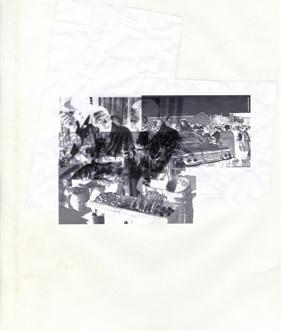

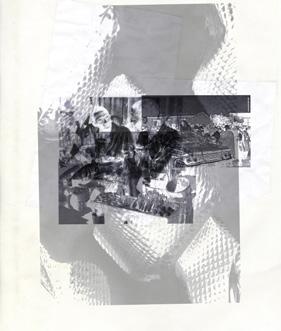

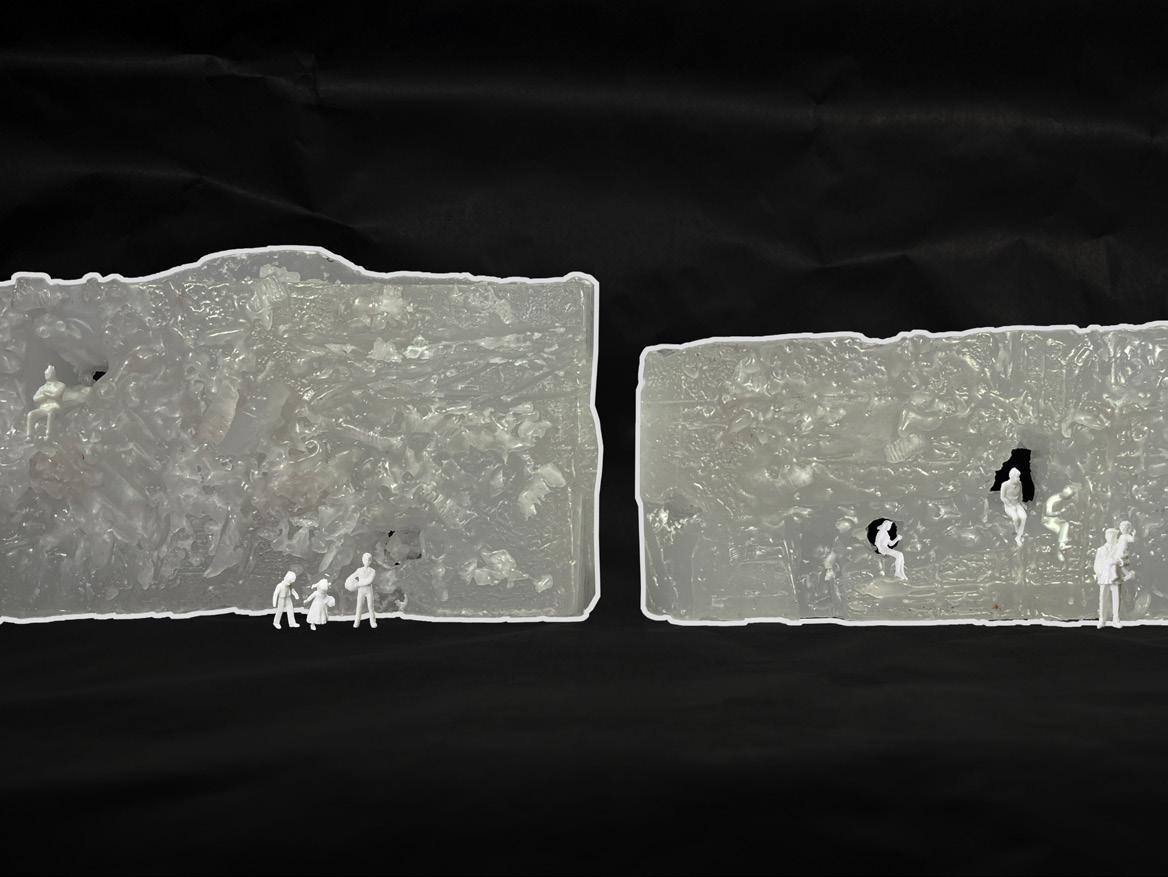
In honor of the wax museum, I presented its history and memories on a porch to commemorate what took place there. Rather than creating an exhibition or museum simply providing the history of the wax museum, I created an intervention that involves the use of wax and provides a place where the public can enjoy it while conveying the story of the Wax Museum.
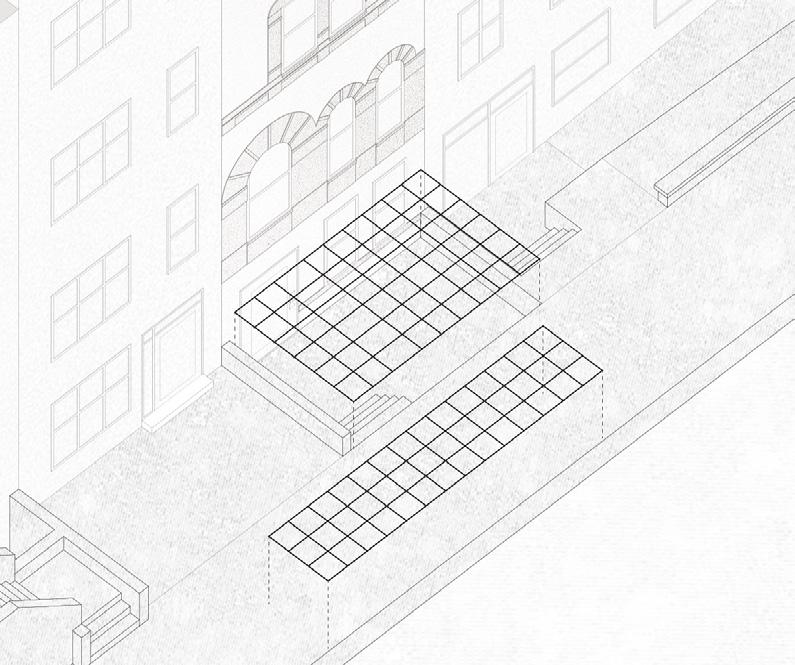

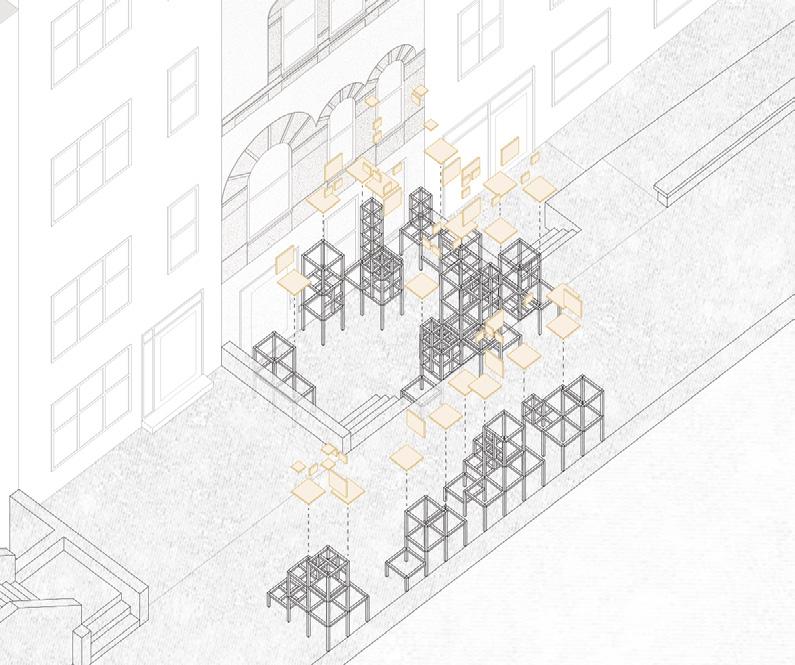

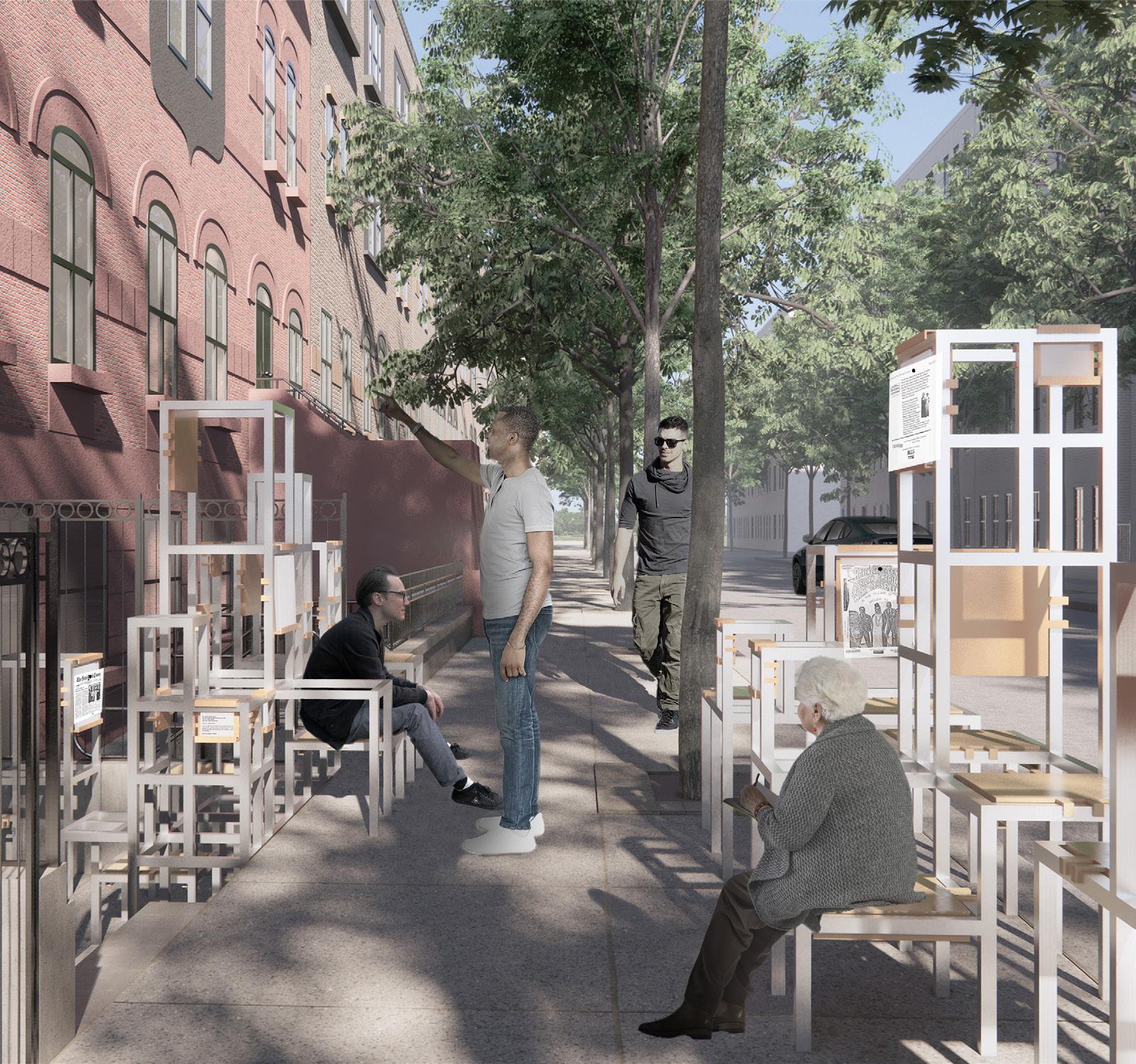
Street Intervention; Frame and Wax Case

The frames consist of up to three levels, one of which is about 25 inches tall, suitable for a person to sit on. They are formed around the edges of the porch and sidewalk, and also arranged so as not to interfere with people gathering or moving. In addition, some parts of the frames are divided into the half, so a quarter-sized, smaller frames are arranged. With the combination of these large and small frames, the form of intervention is more diverse. About the wax cases, one side is flat and the other side has edges to hold wax panels.




